
Admin News
by Dr. Gwyn Underwood, Superintendent
Dear CIS Community,
Congratulations Grade 5 students for a successful PYP Exhibition (PYPx) this past Monday! It was great to see the knowledge, skills, and attitudes that you have developed in the PYP confidently demonstrate through your projects and presentations on your selected UN Sustainable Development Goals. A big thanks to Ms. Carolyn Pynor (G5 Class teacher) and all faculty mentors (and parents!) who guided students throughout the process. See the elementary school section below for more information and samples.
“Resilience is not the exception, it is the rule”
Over the past few months, there has been a wide-ranging debate on how much “learning loss” the Covid-19 pandemic has caused. Some commentators paint a gloomy picture of students who are desperately behind in their work, while others have found their students have coped relatively well and are doing fine. The reality is the actual impact will be variable for individual schools, and also between individual students.
The data we have at CIS indicates that, while results vary between individuals, in general, CIS students have continued to learn at, or close to, levels that would be expected even if we were not in a pandemic. Much of the global research on this issue to date suggests that this is the case in most schools that have effective programs in place. We do also appreciate that as a premium international IB World School, CIS is in a position to avoid or overcome many of the challenges less well-resourced schools have faced.
What has changed is how teachers have adapted to facilitate student learning via our remote learning program, and the social-emotional learning (SEL) aspect. This SEL remains a focus for us, as we continue to seek ways to compensate for the loss of face-to-face contact and changed relationship-building capacities that are necessary for students to develop their social intelligence. On a positive note, it is interesting to see that the loss of some aspects of on-campus learning (such as less face-time) has directly or indirectly led to the growth in the development of other skills (such as improved ATL skills like communication and time-management) that have been required for remote learning.
Over the past few weeks, I have been struck by the consistency of messages being given by many reputable educational psychologists. The general message is, while some students have struggled (and we must remember this is a normal phenomenon and an integral part of learning), children are exceptionally resilient and most have adapted to face the situations they are in. I would like to end by sharing a short CNN health video (2min 50sec) by author and psychologist Dr. Angela Duckworth, where she tells Anderson Cooper why she thinks most kids will bounce back from the negative impacts of the pandemic, and that “resilience is not the exception, it is the rule”.
 Source: Anderson Cooper, CNN https://edition.cnn.com/videos/health/2021/04/01/author-angela-duckworth-emotional-learning-resilience-kids-pandemic-sot-acfc-vpx.cnn/video/playlists/anderson-cooper-full-circle/
Source: Anderson Cooper, CNN https://edition.cnn.com/videos/health/2021/04/01/author-angela-duckworth-emotional-learning-resilience-kids-pandemic-sot-acfc-vpx.cnn/video/playlists/anderson-cooper-full-circle/
Events and dates
-
- May 10-14: Arts Week
- May 12 (Wed): Eidul Fitr Holiday (*anticipated date, this is still not confirmed!)
- May 14 (Fri): Last day of Semester 2 ASAs (After School Activities)
- May 25 (Tue): Final Parent Coffee meeting for the year at 9-10am (virtual).
- May 26 (Wed): Whole School Celebration of Learning
- May 28 (Fri): Graduation (virtual)
- Refer to our online School Calendar a complete listing of events
Have a wonderful weekend!
Elementary News
by Ms. Maureen Juanson, PYP Coordinator

The 2020-2021 Virtual PYP Exhibition took place on Monday, May 3rd. Through Google Meet, our Grade 5 students presented their PYPx journey to the different members of our learning community. Parents, teachers, and students from both elementary and MHS, attended the sessions to learn about the issues that our Grade 5 students have collaboratively inquired into and the lessons they have learned throughout their exhibition process.
Our Grade 5 students worked in groups to investigate the UN Sustainable Development Goals that they felt most passionate about. Throughout the process, they further developed their understanding of various issues and applied the ATL skills that they have learned throughout their PYP years.

As I read and listened to each of the Grade 5’s PYPx reflections, I was reminded of the book “Say Something” by Peter H. Reynolds. The book talks about how the world needs our voice and how each one of us could do something to change the world through our words, actions,voices and creativity. Through this PYP exhibition, every single one of our Grade 5 students answered this call. They used their words, actions, voices, and creativity to raise awareness and bring attention to the global and local issues that our world is facing today.
 We are extremely proud of their achievement and are amazed at how much they have grown as learners and individuals because of this experience. We are truly grateful to the Grade 5 team- Ms. Carolyn, Ms. Lana, Ms. Freya, and Ms. June, for the leadership and guidance that they have provided to the students. We would also like to express our appreciation to the mentors, and other faculty and community members for providing support, encouragement, and sharing their time and expertise that allowed the students to dig deeper into the issues that they were researching on. This is evidence of how we, as a community, are able to create a collaborative culture that creates a positive impact on our students, our community, and the world.
We are extremely proud of their achievement and are amazed at how much they have grown as learners and individuals because of this experience. We are truly grateful to the Grade 5 team- Ms. Carolyn, Ms. Lana, Ms. Freya, and Ms. June, for the leadership and guidance that they have provided to the students. We would also like to express our appreciation to the mentors, and other faculty and community members for providing support, encouragement, and sharing their time and expertise that allowed the students to dig deeper into the issues that they were researching on. This is evidence of how we, as a community, are able to create a collaborative culture that creates a positive impact on our students, our community, and the world.
If you have not had the chance yet, we invite you to visit the PYPx website to learn about the students’ PYPx research, journey, and action. We hope that their words, actions, voices, and creativity will also inspire you to share your voice to heal and transform the world.
Music
Music in Early Years 2/3
Our youngest learners have been exploring music which connects to families. As part of these inquiries they sang and moved to lullabies.
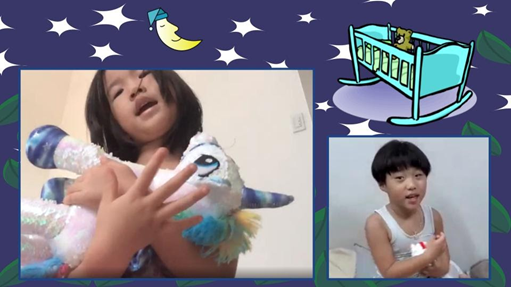
Music in Grades 2 and 3
Grade 2 and 3 students have been continuing to practice their performance skills. Grade 2 have been working on tuned percussion and keyboards and Grade 3 have been working on recorders.

Music in Kinder and Grade 1
Kinder and grade one students have been continuing to hone their singing skills, focussing on solfege.
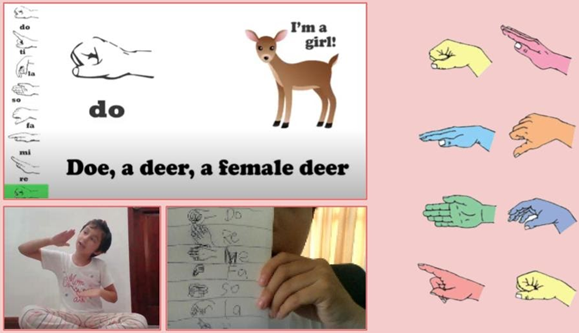
Music in Grades 4 and 5
The students have been exploring form and meter through body percussion. They learned that following a rhythm with body percussion requires coordination, motor timing, and body awareness.
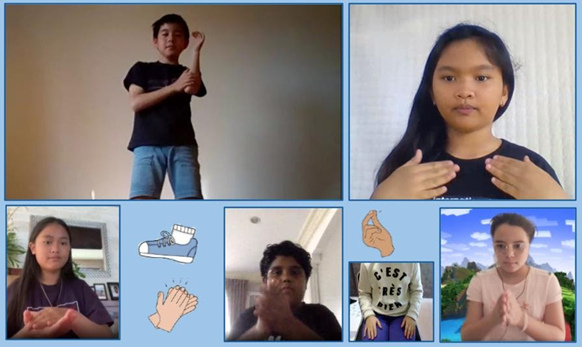
K/G1 News
This past week has been another fun week of inquiry and learning for our KG1 students. As we wrap up our Unit of Inquiry, How the World Works, we look into conditions that cause materials to behave differently and how their properties affect their purpose. Together, we shared ideas on which materials would fit a situation. To show our learning, we did the egg drop challenge. We designed a model to protect a fragile object[egg] from breaking. We learned that there are plenty of materials we can use to protect something precious.
Here are some responses from our KG1 students when asked about what they learned from the egg drop challenge:
- I learned that if you wrap it[egg] a lot, it will stay safe. –Sierra
- Using fluff[pillow stuffing] was not helpful; it made the egg bounce. I changed it to cotton instead. –Erin
- I learned to use strong materials to put together my design. I also learned that my model needs to fit perfectly. If there is an extra space, the egg will bounce. –Ben
- If you drop the egg into a soft, folded blanket it will not break. –Masa
We are continuing to grow as a reader and a writer. We made a Science Journal and documented our learnings there.
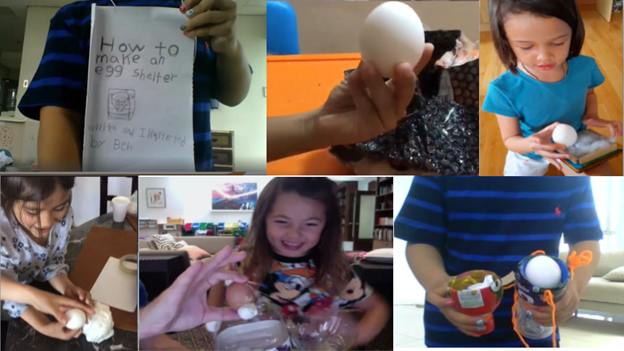
For Math, we made our own Board Game. We made a board game from our favorite math concepts like addition, subtraction, skip counting, and telling the time.

Here are some reflections from making our own balance scale:
- I learned that even though an object is small it can be heavy. For example, metal is heavy like a small padlock. –Erin
- When an object is big it doesn’t mean that it is heavy. For example, a sock is big but it is light. –Sierra
- To make my own balance scale, I used one of my clothes hangers and used some strings and buckets. –Catherine
- Bigger materials usually weigh the most. –Ellaine
Middle and High School News
by Mr. Dale Wood, Middle & High School News
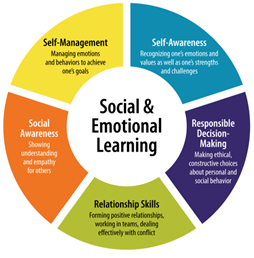
As we draw nearer to completing a full academic year of remote learning, we have repeatedly revisited the importance of the Social and Emotional Learning of our students and maintaining our health and well-being across the entire community. Our school program and curriculum have been intentionally designed to be holistic- from fixtures in our daily schedule like ELO and Homeroom and through emphasis on service learning (even in the midst of the pandemic), Week Without Walls, After School Activities, and other elements which serve to cultivate our students´ development as multi-dimensional human beings.
Within our academic program In MHS we also seek to meet the various and holistic needs of our students; while this is true generally within the student-centered practices our teachers employ within our daily classes, courses like Art, Drama, Music, and PHE directly address the physical, aesthetic, and emotional dimensions of our students.
Celebrating Arts Week
by Mr. Jessie G. Saclo III, Head of Department, Arts and Design
“The arts especially address the idea of aesthetic experience. An aesthetic experience is one in which your senses are operating at their peak; when you’re present in the current moment; when you’re resonating with the excitement of this thing that you’re experiencing; when you are fully alive.” The late Sir Ken Robinson, during his inspiring talk, ‘Changing Education Paradigms’, emphasized the importance of the arts in 21st century education. Similarly, the IB acknowledges the arts as a universal form of human expression, a unique way of knowing and understanding that engage us in effective, creative, imaginative and productive activities.
The PYP, MYP, and DP are frameworks for learning that allow students of the arts to explore their sense of identity and individuality to openly experience opportunities to function as artists as well as learners of the arts. By providing age-appropriate opportunities to holistically develop their social, emotional, intellectual and personal intelligence through the arts, students at CIS learn to create, perform, and present arts in methods that engage as well as convey feelings, experiences, and ideas. Development in the arts is a dynamic process where students practice to acquire new skills and master those skills developed in prior learning.
Thinking creatively is a natural fit in the arts and at CIS students engage in activities through the Arts subjects of drama, music, and visual art where they acquire, learn, refine, and master the skills necessary to develop learning. This year has been practically challenging for our students as they 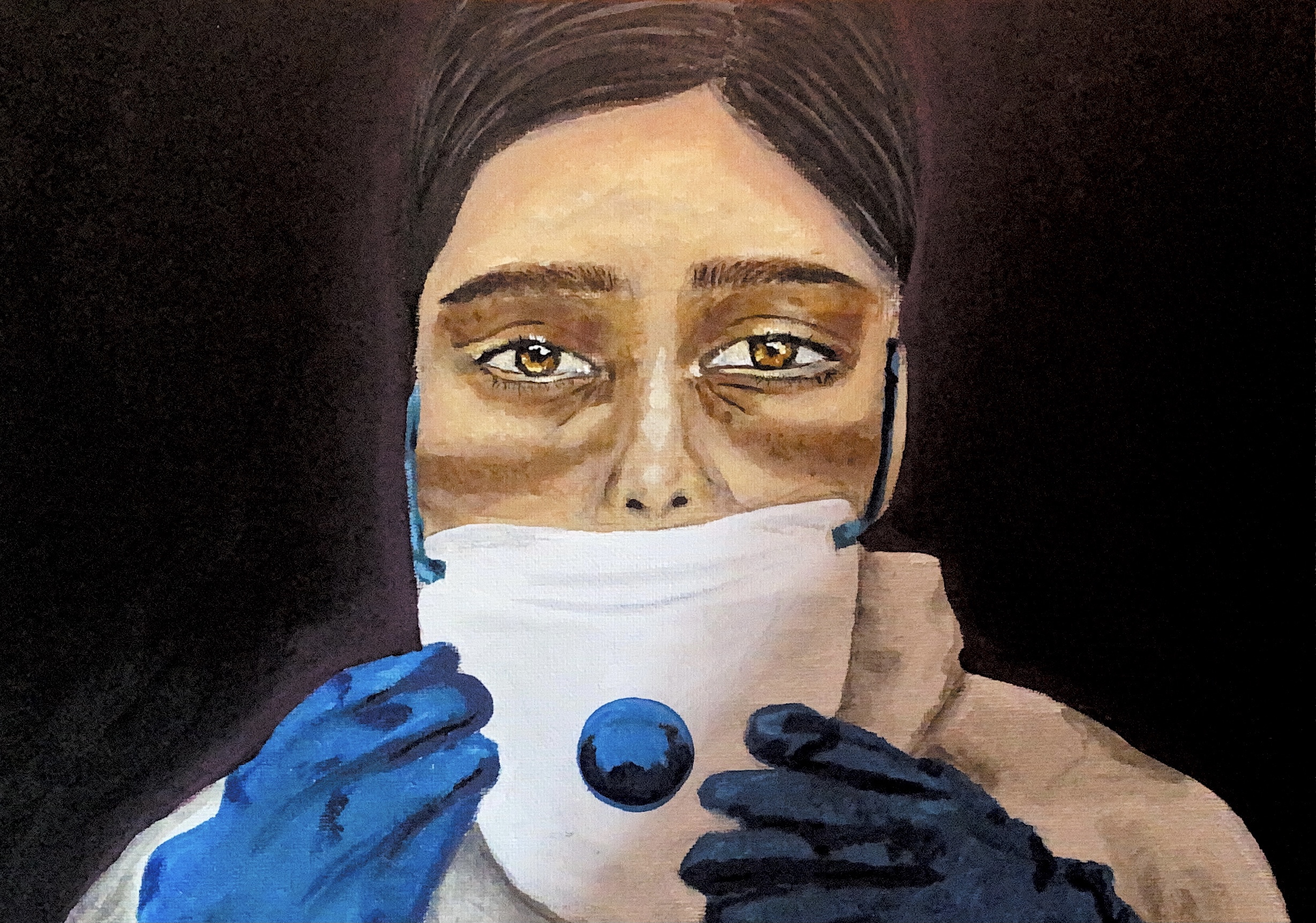 were restricted to online class engagement, may have felt isolation, and had limited access to materials. However, creativity as an essential objective in the arts addresses the need for student-centered learning that leads to innovative strategies in resolving the huge changes happening within education at this turning point.
were restricted to online class engagement, may have felt isolation, and had limited access to materials. However, creativity as an essential objective in the arts addresses the need for student-centered learning that leads to innovative strategies in resolving the huge changes happening within education at this turning point.
The late Sir Ken Robinson couldn’t be more precise in stating that the arts truly address the idea of aesthetic experience as our students have shown through their creative work this entire virtual school year. As teachers we have been astonished to witness our students´ grit, self-expression, skill, and creativity in performing the various tasks required in their arts subjects amidst the challenges of the ongoing pandemic.
We invite you to take part in supporting our students as we launch and celebrate Arts Week, a full week dedicated to celebrating and appreciating the arts, beginning on May 10. Please visit our Arts Week Google Site (which will launch on Monday) where we will feature the creative work of our students in the areas of drama, music, and visual art all week.

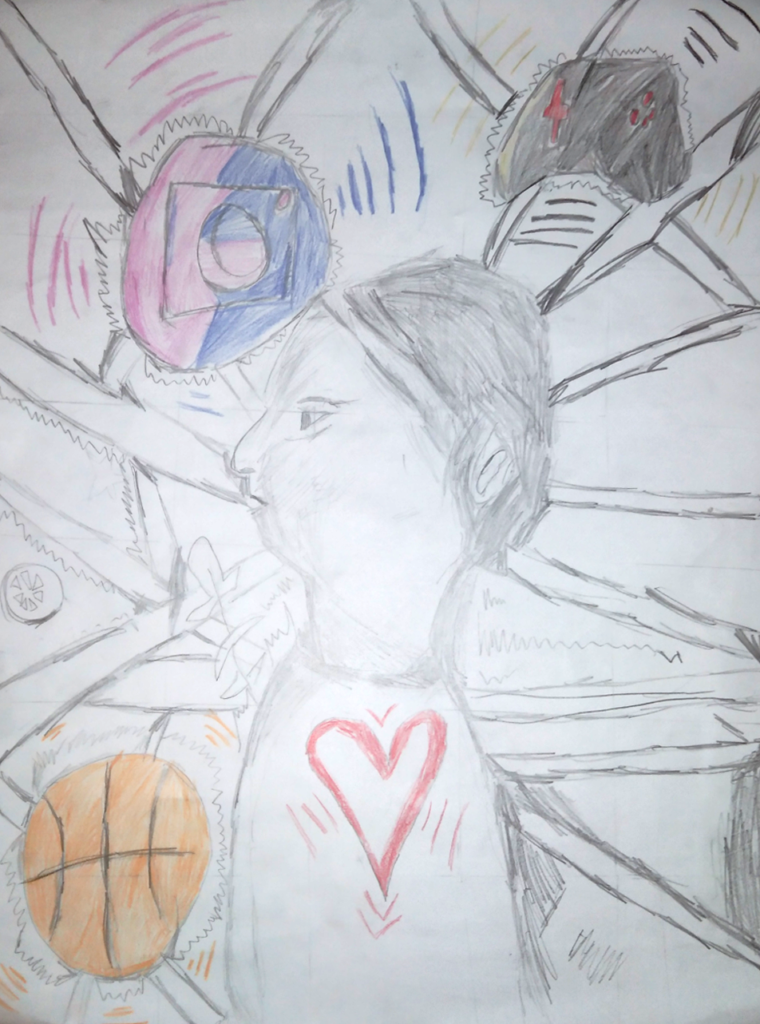
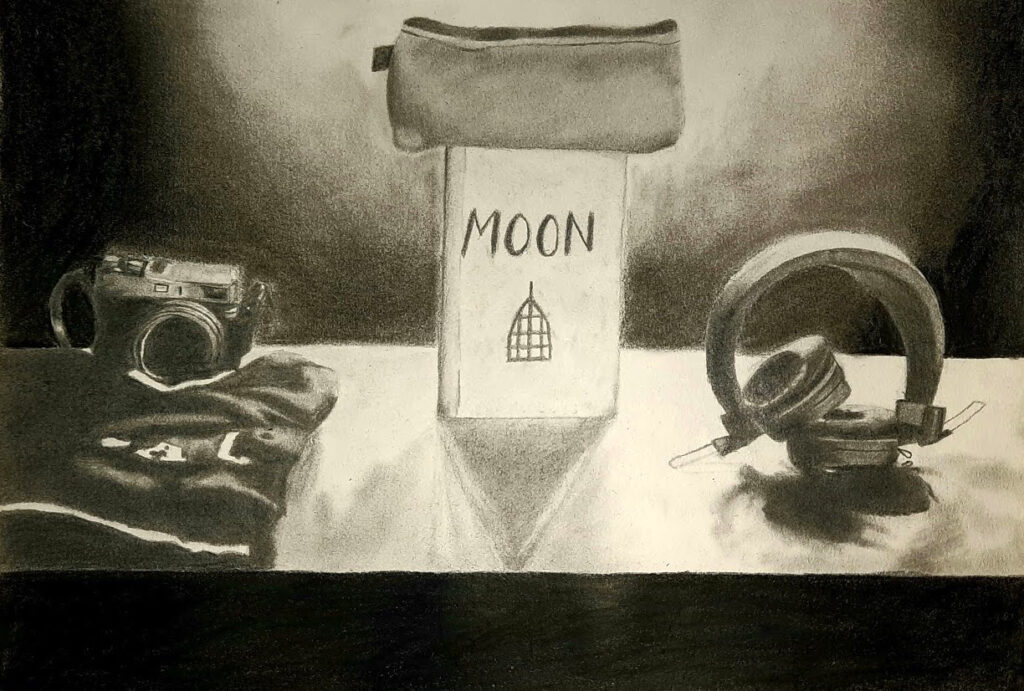

Arts Week 2021
Most arrangements the CIS band students learn are performed only once. They are typically performed for specific occasions, such as International Day, the Ayala Art Exhibition Opening, Arts Week, etc., and are usually archived after that. There is one arrangement, however, that the band students have performed year after year, namely Star Wars. Because of its stately tempo and majestic theme, Star Wars has been a suitable processional for many of our graduation and moving up ceremonies. This familiar tune is easily accessible to band students in the second year of study and is considered a “rite of passage” for CIS band students.
Keeping with tradition, the CIS band students have performed Star Wars once again in a video made specifically for Arts Week 2021. Similar to previous virtual performances, all the parts were recorded separately then synchronized together using video and audio editing software–the new normal for performances in the time of the pandemic. This video features Bryan C. (violin), Deandra R. (alto saxophone ), Esther (flute), Hana K. (trumpet), Jiwoo K. (clarinet), Niño V. (alto saxophone), Roland S. (trumpet), Ron Michael C. (trumpet), Saki M. (trumpet), and Seohyun P. (flute). Look for it in the upcoming Arts Week 2021 website.

PHE Classes Explore Mood Charts for better Physical and Mental Health
As we continue to provide Physical and Health Education (PHE) through remote learning, the PHE department deemed it also important to consider the student’s mental health as they go through a very challenging time in their academic life.
In one of our current units entitled Happy Hormones – our aim was to consider the effects of physical exercise on the students’ mental health and one way for them to accomplish this is to use a Daily Calendar or a Mood Chart wherein each day they add an emoji for the morning and afternoon that reflects their mood and energy level or for higher levels, write a short statement of how they felt during these times. Additionally, they plan two (2) quick 20-/30-minute workout sessions within the week but outside our PHE synchronous blocks and plot these in the same calendar.
In the latter part of the unit, they used these data to analyze how their mood was affected on days when they had a quick workout versus those which they haven’t done one. When the unit ends this semester, they will be then tasked to evaluate what they did to improve your health and skill related fitness and evaluate what effect physical exercise had on their physical and mental health.
This task was considered to help students cope with academic work through spurts of physical activities that could produce ‘happy hormones’ which, hopefully, would give them a boost when dealing with academic tasks. We believe that when it comes to personal well-being, one’s mood plays an important role in determining energy levels, where attention is focused, and what actions are taken.
One study suggested that: “when participants were in a happy mood, they processed information more globally compared to when they were in a sad mood.” (Schmid, Mast, Bombari, Mast and Lobmaier, 2011) “ This study shows that, when individuals are more positive, they gather more information from the outside world. With more information, people can make better and more clear choices, which is always a good thing. Furthermore, psychologists define mood as a number of persistent feelings that accompany our perception and evaluation of incoming stimuli. Mood has a huge influence on the way we react, specifically in the actions we take and the feelings that get created throughout that process. (Amado-Boccara, Donnet, and Olie, 1993).
With enough data and information from the students’ Daily Calendar, a pattern of the highs and lows can be identified, as well as the factors that may have caused them. This tool is handy for those who may want to be more optimistic and be mindful of how their daily mood affects their work in school – hopefully for the better.
Here are sample mood charts from our students:
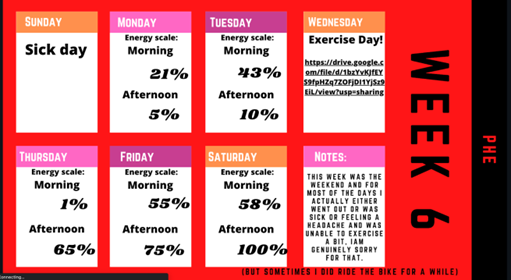
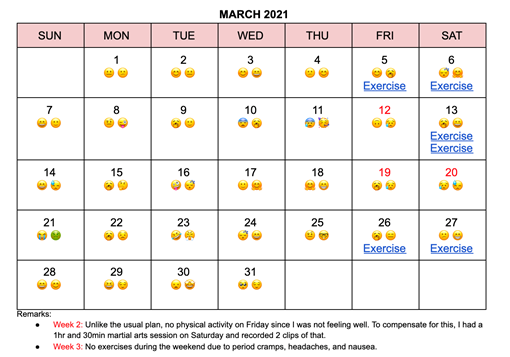
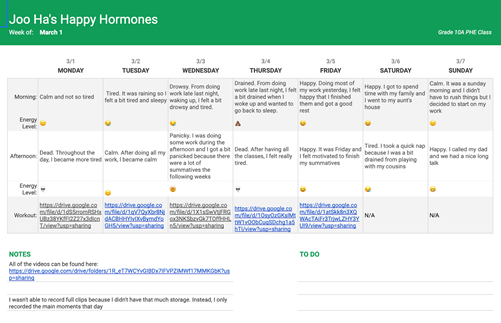

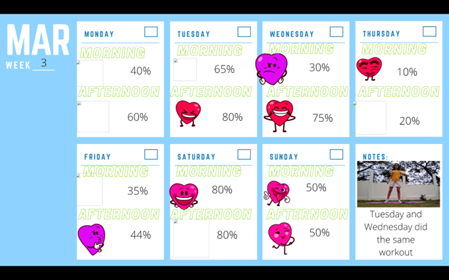
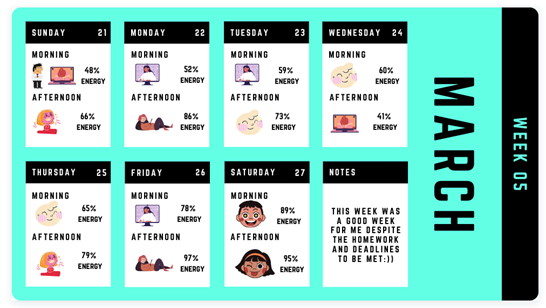
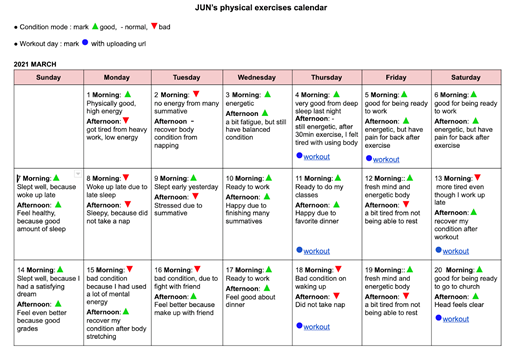

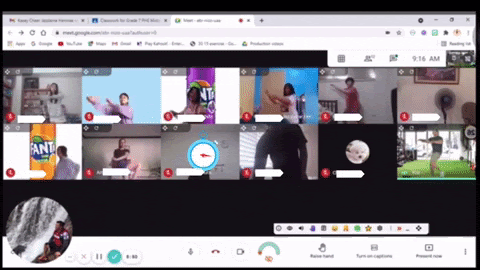
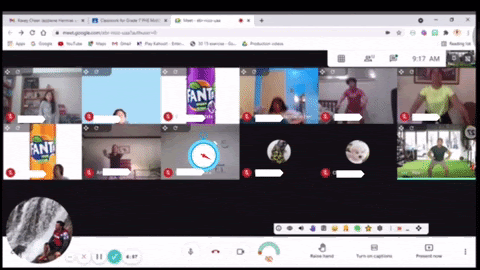

Dragon’s Print
Throughout the quarantine, artists have been able to work on their music, gifting us with plenty of fresh beats and incredible songs. A variety of albums have recently come out, and Dragon’s Print has put together its go-to recommendations for you to enjoy. Read the latest article to find some new artists and songs to listen to at https://dragonsprint.cis.
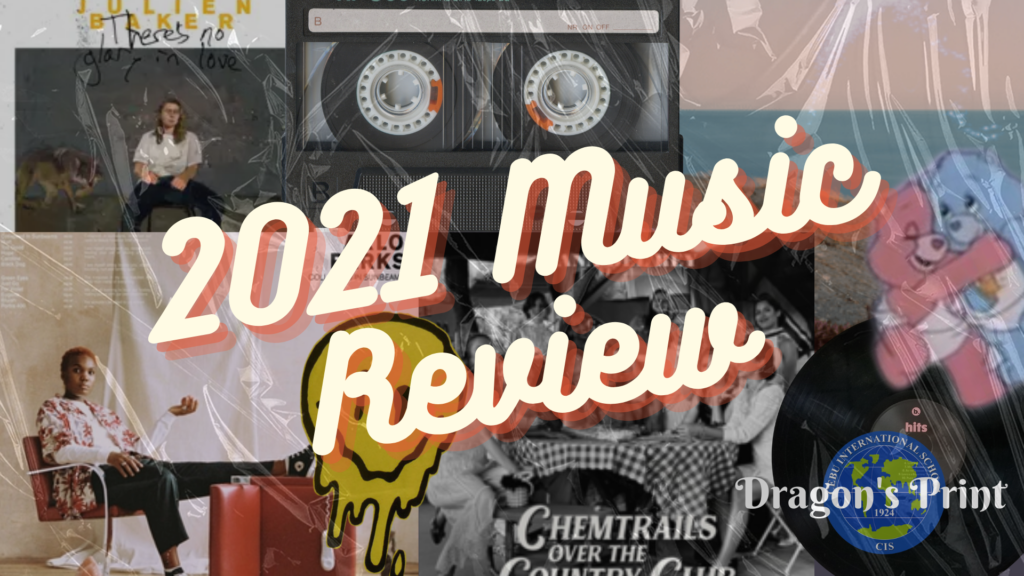
College/Careers Counselor Corner
by Ms. Jenny Basa, College/Careers Counselor
Common App Essay Prompts 2021-22
For the current 11th graders who are planning to apply to an institution via the CommonApp next school year, it is highly recommended that you start planning for your college essay and work on it over the summer. Please note that some institutions may have an additional (supplemental) essay to submit an application. To find out if a college is under the CommonApp, please click this Link.
Below is the full set of Common App essay prompts for 2021-2022.
(minimum: 250 words, maximum: 650 words)
- Some students have a background, identity, interest, or talent that is so meaningful they believe their application would be incomplete without it. If this sounds like you, then please share your story.
- The lessons we take from obstacles we encounter can be fundamental to later success. Recount a time when you faced a challenge, setback, or failure. How did it affect you, and what did you learn from the experience?
- Reflect on a time when you questioned or challenged a belief or idea. What prompted your thinking? What was the outcome?
- Reflect on something that someone has done for you that has made you happy or thankful in a surprising way. How has this gratitude affected or motivated you?
- Discuss an accomplishment, event, or realization that sparked a period of personal growth and a new understanding of yourself or others.
- Describe a topic, idea, or concept you find so engaging that it makes you lose all track of time. Why does it captivate you? What or who do you turn to when you want to learn more?
- Share an essay on any topic of your choice. It can be one you’ve already written, one that responds to a different prompt, or one of your own design.
Upcoming Virtual Events and Fairs: (students & parents are welcome)
DATE
May 11 Tuesday
6:00 PM
EVENT (IDP Webinar Series)
Ecole hôtelière de Lausanne (Switzerland)
Learn about the EHL Junior Academy Programme:
- Hospitality in a digital world (100% Online)
- Hospitality Business & Innovation (EHL Campus Lausanne)
- Culinary Experience (EHL Campus Passugg)
- International Hospitality & Luxury Brand Management (EHL Campus (Singapore)
LINK to register
May 13 Thursday
7:00AM – 8:00AM
Duke Kunshan University (China)
Virtual Info Session: LINK to register for May 13 or pick a date/time from this LINK if the schedule doesn’t work for you.
Learn about:
- Their unique academic model
- The connection to Duke University
- Merit Scholarships & Need-Based Financial Aid
- Interdisciplinary Majors
- How to Apply
May 18 Tuesday
6:30PM

| 2020-2021 Test Dates | Test | Registration Deadline |
| June 5, 2021 | SAT & SAT Subject Tests (an update will be announced next week if this test will be cancelled) | May 6, 2021 |
If you need assistance or have any questions, please feel free to email Ms. Jenny Basa at jbasa@cis.edu.ph.


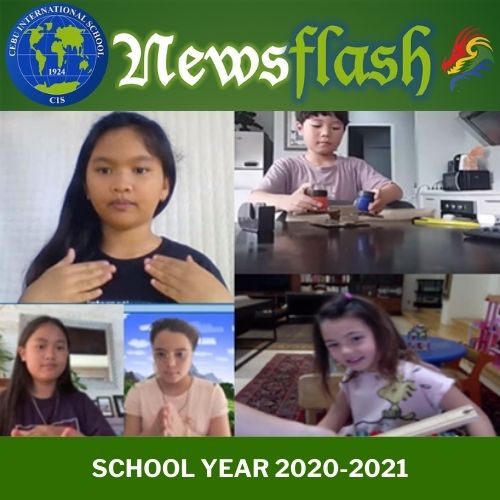
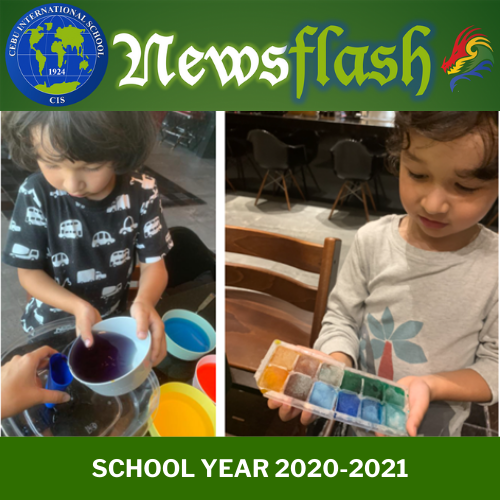

 Art in the Early Years
Art in the Early Years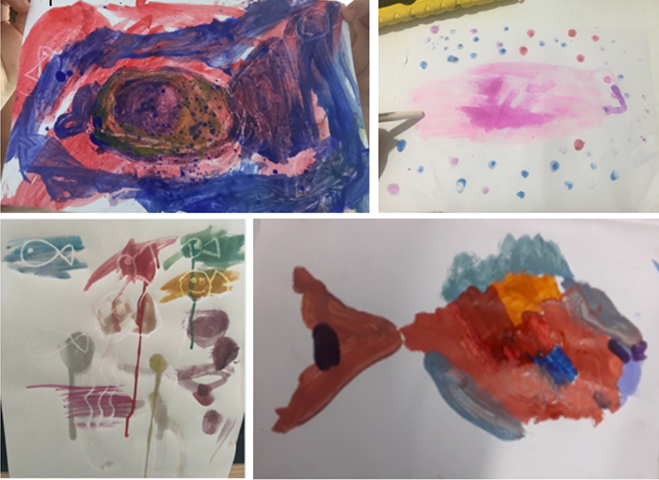
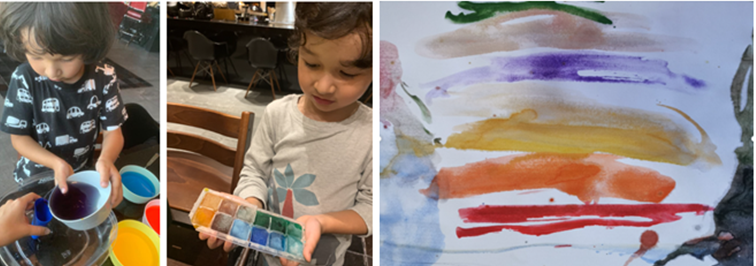
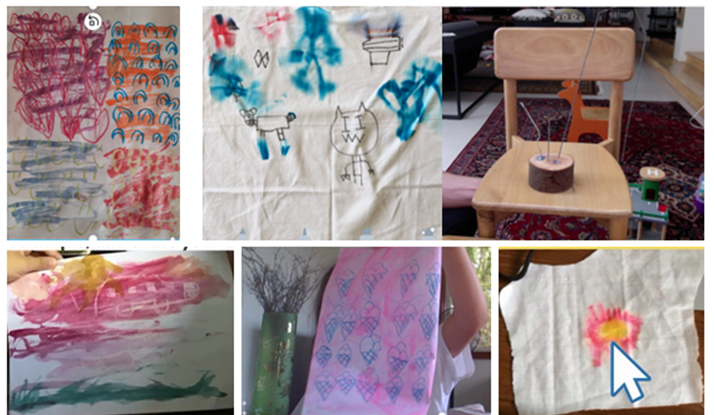
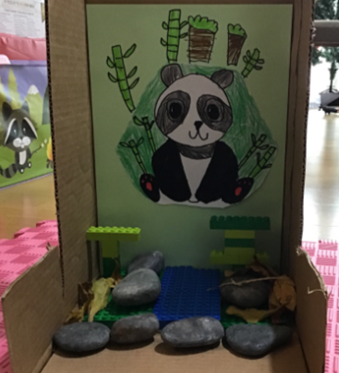
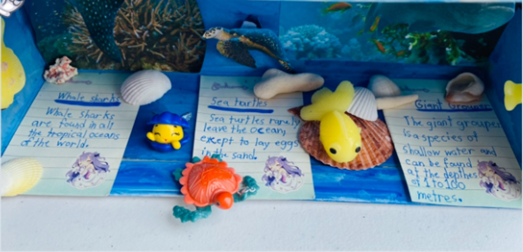
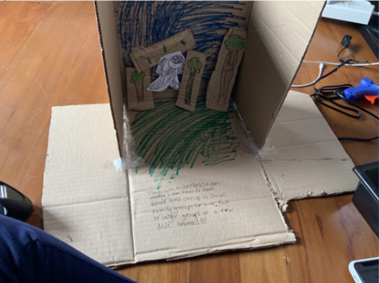
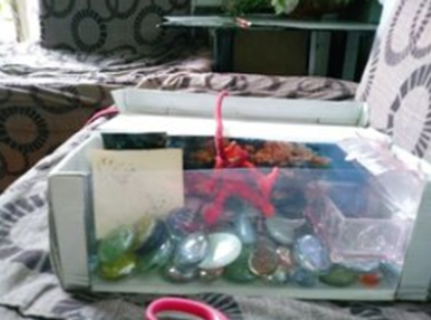


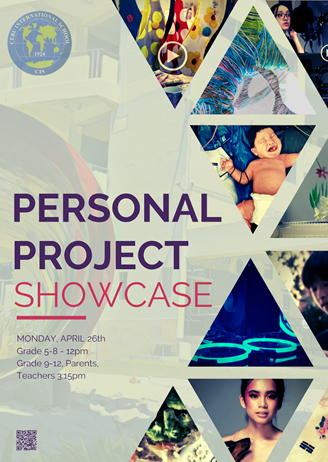
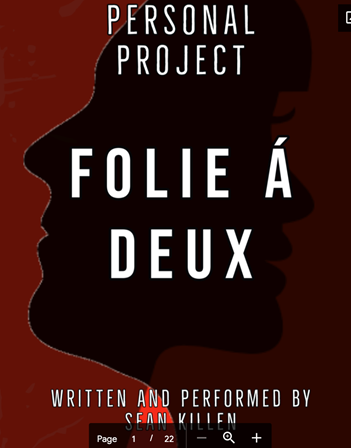

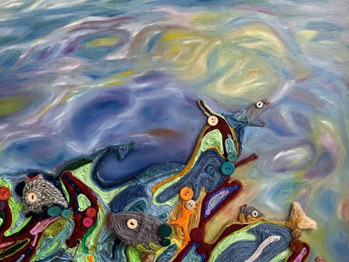


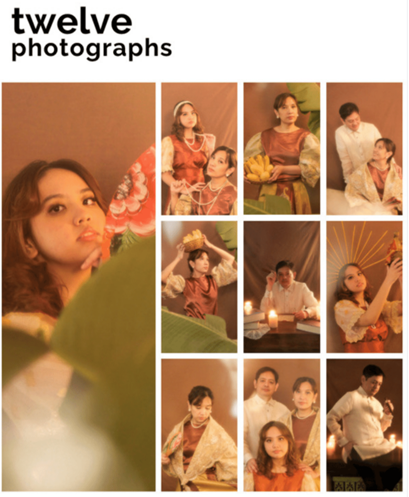
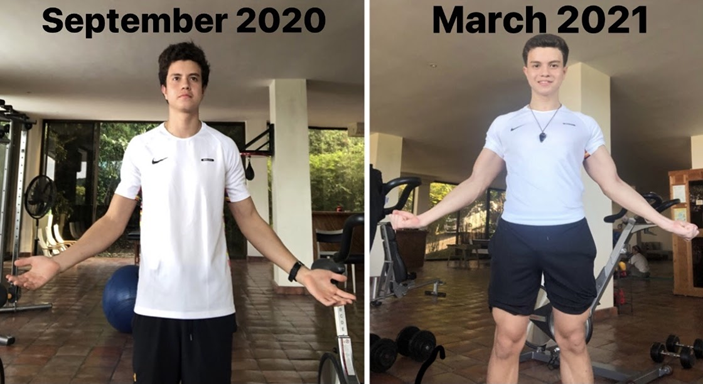
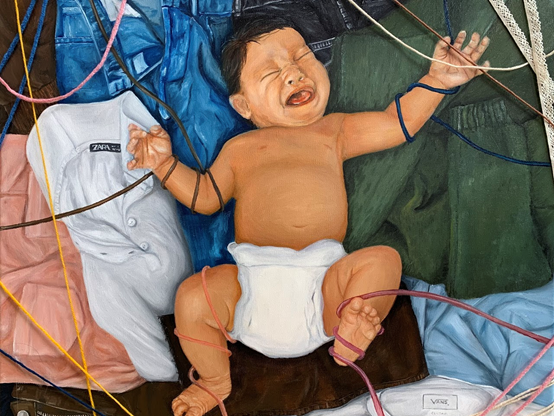
 something from Tokyo and have it in our hands by the end of the week. But how far back do we need to go to truly understand the concept of globalisation? Do we not also need to know about the merchants who trading materials along the Silk Road on three continents centuries ago, the history of humanity, or even where the earth and the stars come from? These are called ORIGIN STORIES.
something from Tokyo and have it in our hands by the end of the week. But how far back do we need to go to truly understand the concept of globalisation? Do we not also need to know about the merchants who trading materials along the Silk Road on three continents centuries ago, the history of humanity, or even where the earth and the stars come from? These are called ORIGIN STORIES. 

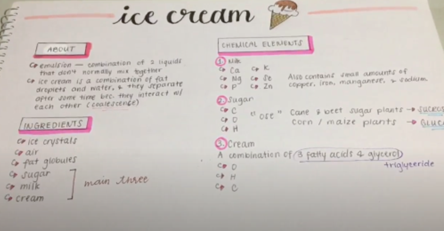

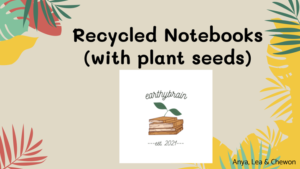 Grade 10 Business students have been developing their own unique products or services that they will pitch in a ‘Shark Tank’ style exercise at the end of the semester. In teams, they were tasked with creating brief presentations in order to receive feedback before moving to the next phase of the project. These presentations involved devising a company name, logo, slogan, visual representation, and rationale for their product or service. Not only does this project challenge students to think both critically and creatively, but it also requires effective communication and collaboration. Simulating the “Shark Tank” experience with actual products allows students to see the relevance of the content they have been learning in their Business course.
Grade 10 Business students have been developing their own unique products or services that they will pitch in a ‘Shark Tank’ style exercise at the end of the semester. In teams, they were tasked with creating brief presentations in order to receive feedback before moving to the next phase of the project. These presentations involved devising a company name, logo, slogan, visual representation, and rationale for their product or service. Not only does this project challenge students to think both critically and creatively, but it also requires effective communication and collaboration. Simulating the “Shark Tank” experience with actual products allows students to see the relevance of the content they have been learning in their Business course.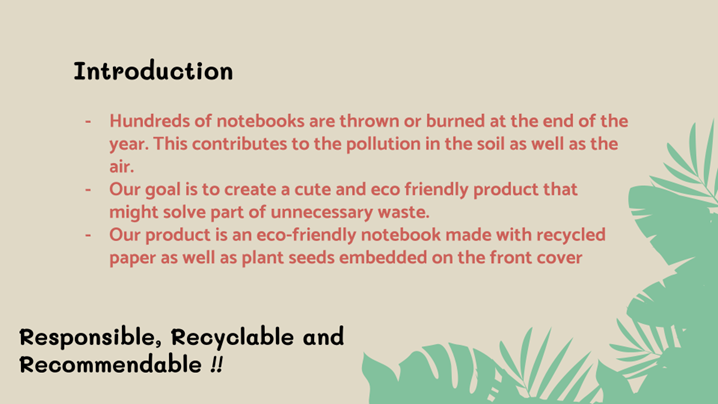
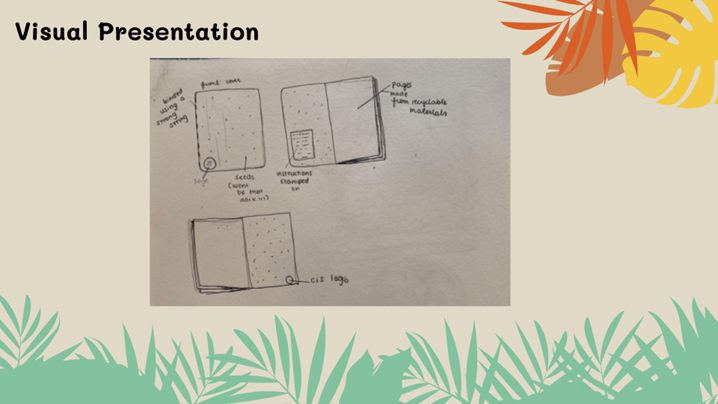
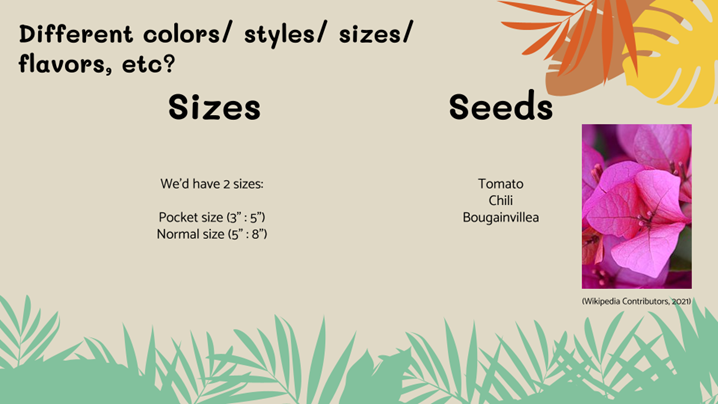
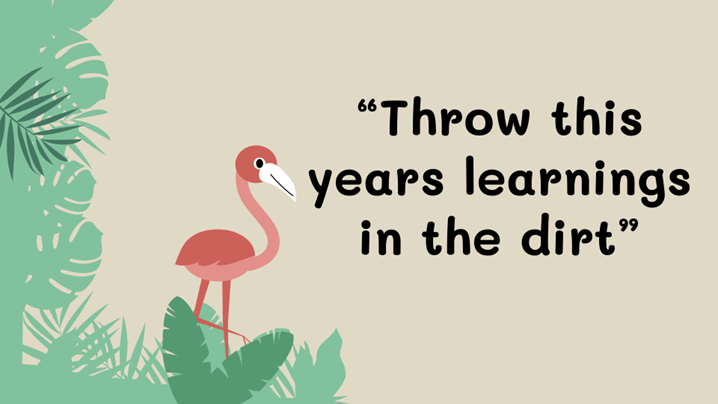
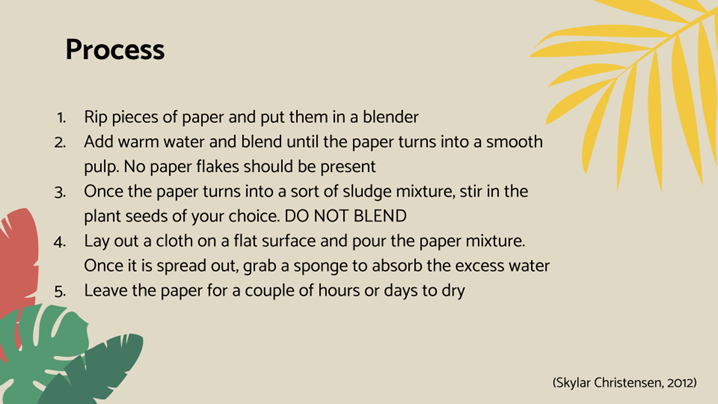

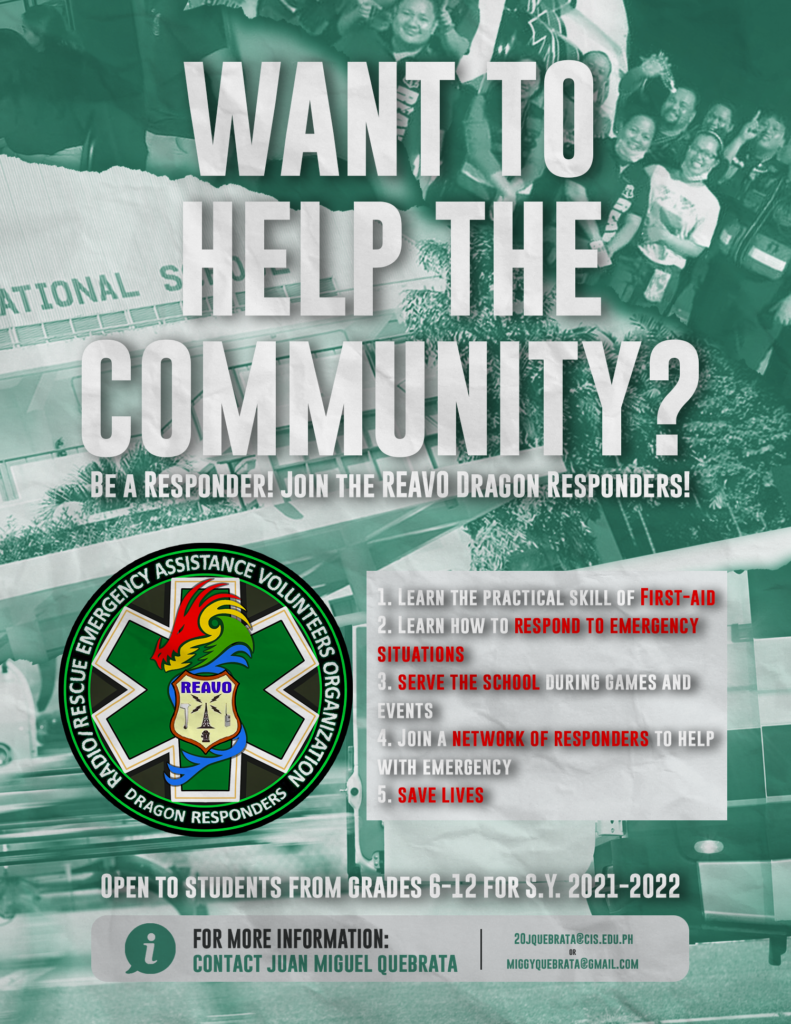
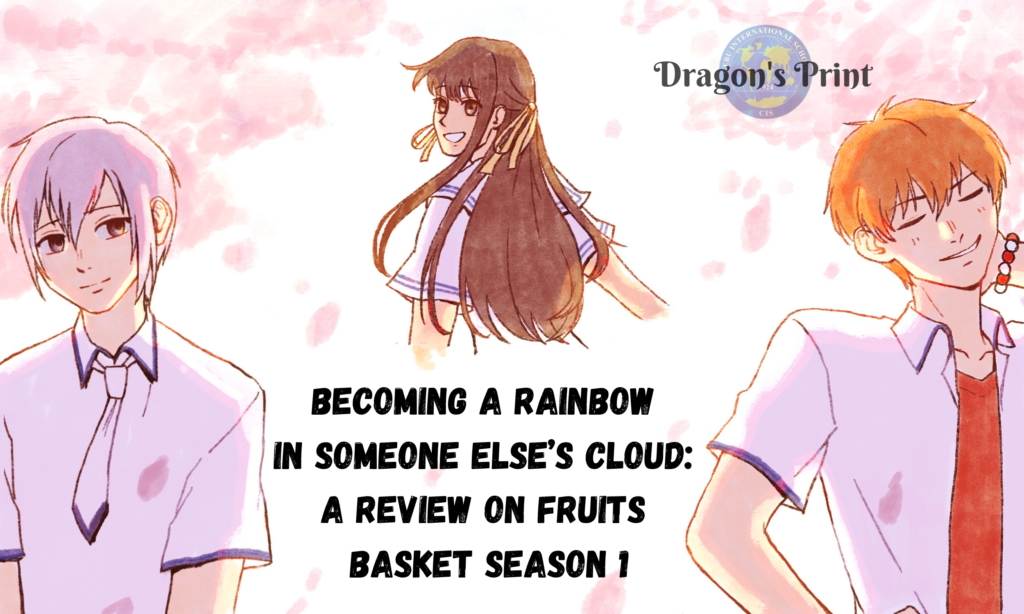
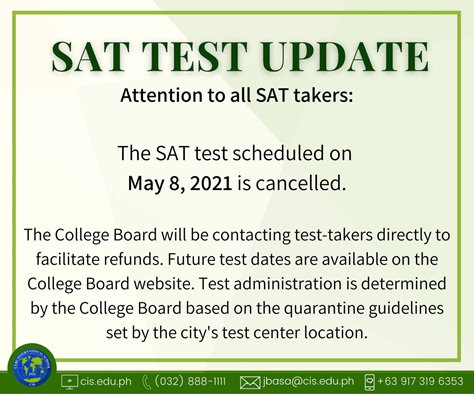
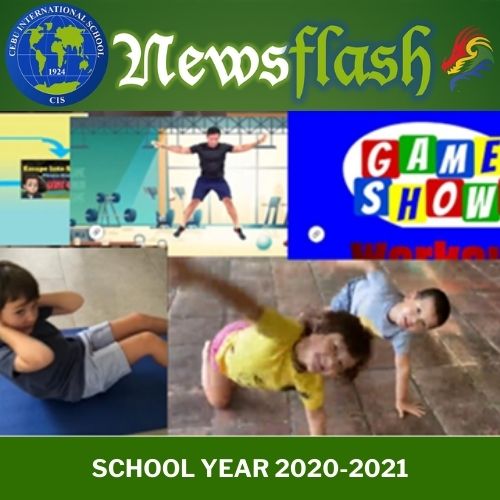
 The Personal Project is one of the THREE big IB projects at CIS. The others being the Grade 5 PYP Exhibition, later this year, and the Grade 11/12 Extended Essay.
The Personal Project is one of the THREE big IB projects at CIS. The others being the Grade 5 PYP Exhibition, later this year, and the Grade 11/12 Extended Essay.

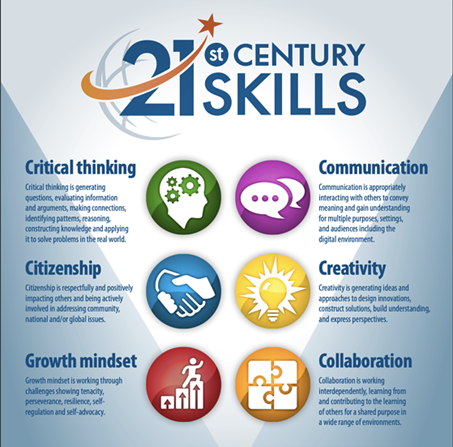 in order to measure academic growth across the year, and report it accurately in the end-of-year written report. Additionally, students from grades 2-5 are preparing to take the
in order to measure academic growth across the year, and report it accurately in the end-of-year written report. Additionally, students from grades 2-5 are preparing to take the 

 and Oslob
and Oslob





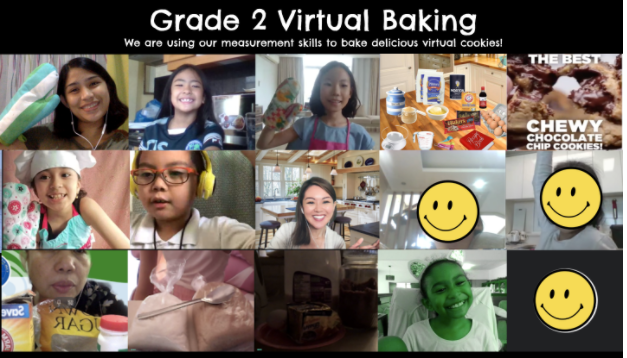

 Let’s Get Physical
Let’s Get Physical

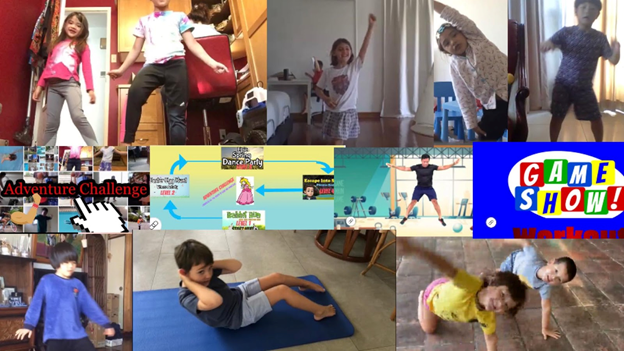

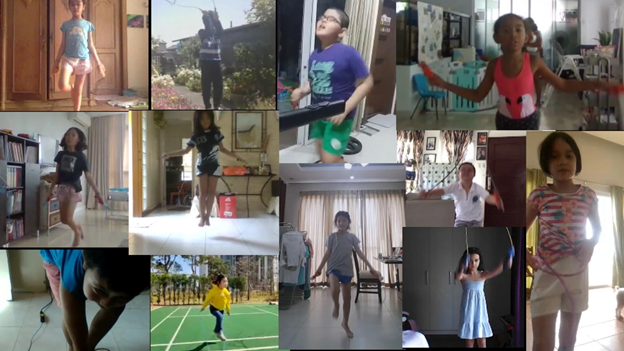
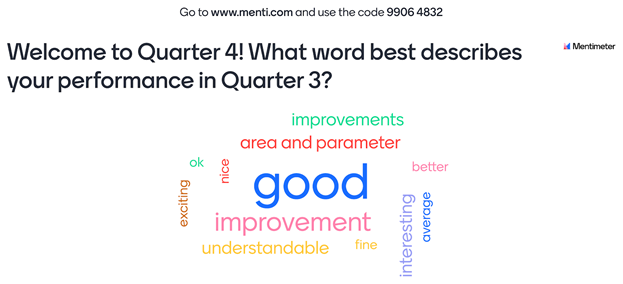

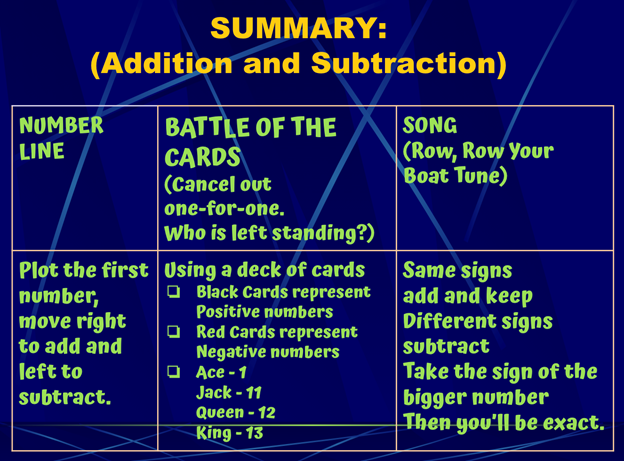

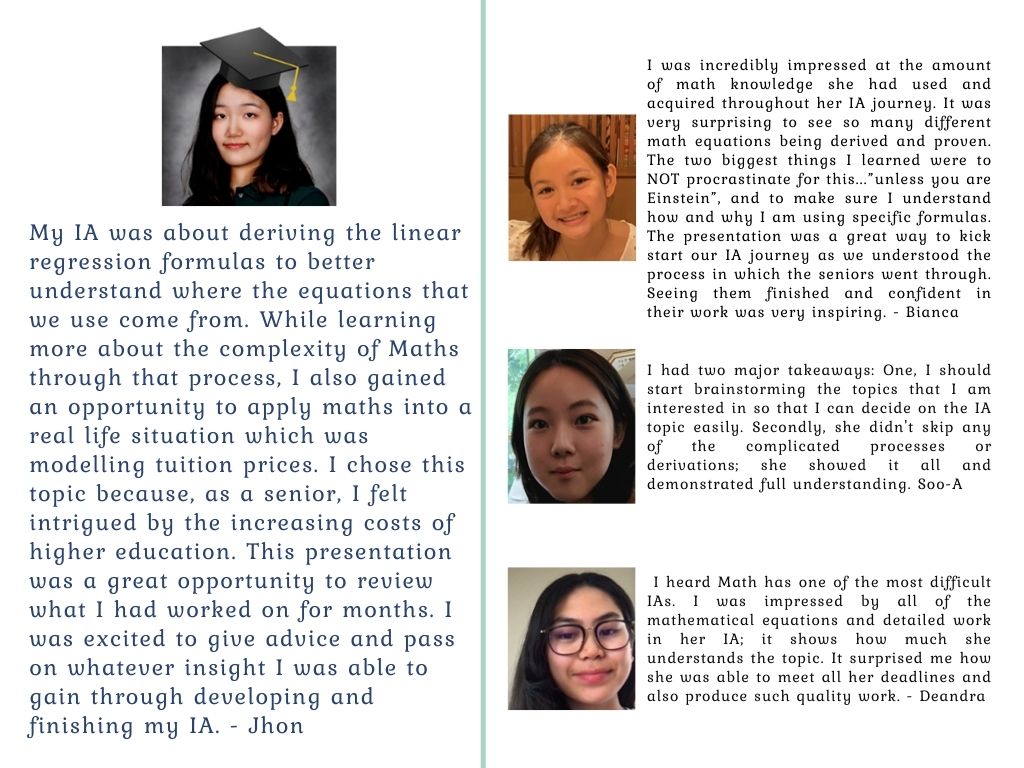
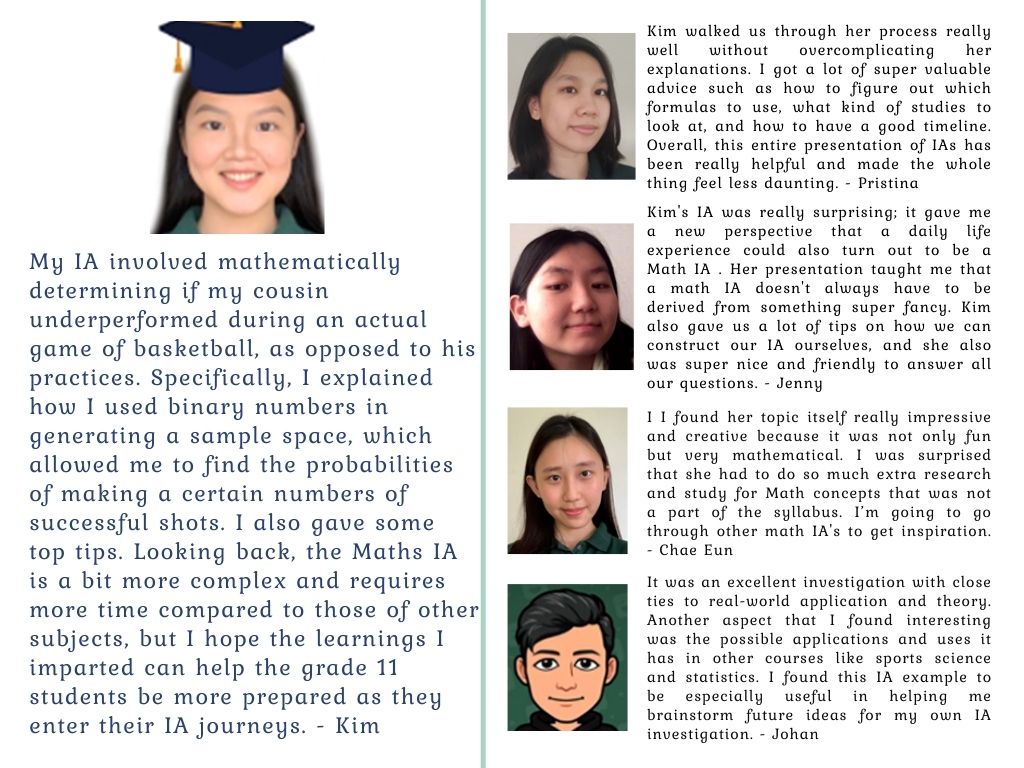

 It is your job to come up with 3
It is your job to come up with 3 

 It is your job to find 3 significant quotes from the reading. You will need to explain why and how these quotes are relevant and important to the story. Make sure to include page and paragraph number.
It is your job to find 3 significant quotes from the reading. You will need to explain why and how these quotes are relevant and important to the story. Make sure to include page and paragraph number.


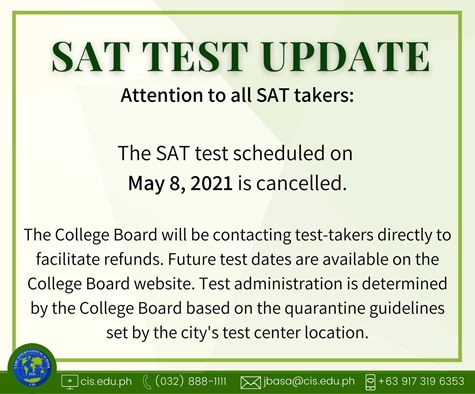
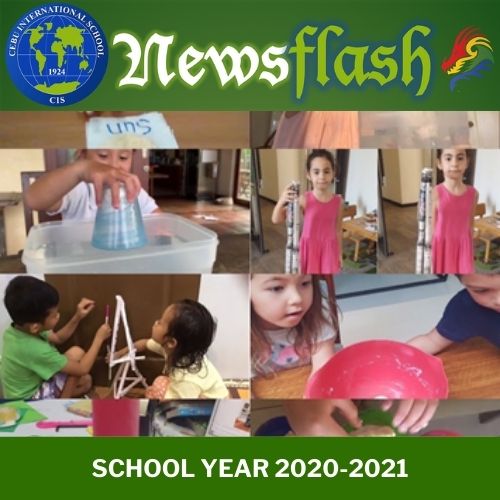
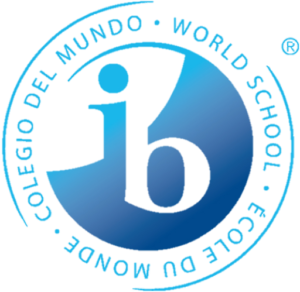 and who participated in, our IB Middle Years Programm (MYP) verification visit this past week. Based on the exit interview, I can report that it went very well, but we do need to wait for the IB Regional Office to review our application before they can make a final determination on our status. I want to thank our faculty for all of their efforts implementing the MYP over the past couple of years, with special recognition for Mr. Jonathan Denton, our Assistant Principal-MYP, who has done a truly exemplary job coordinating the implementation. We will know the final outcome within 1-2 months.
and who participated in, our IB Middle Years Programm (MYP) verification visit this past week. Based on the exit interview, I can report that it went very well, but we do need to wait for the IB Regional Office to review our application before they can make a final determination on our status. I want to thank our faculty for all of their efforts implementing the MYP over the past couple of years, with special recognition for Mr. Jonathan Denton, our Assistant Principal-MYP, who has done a truly exemplary job coordinating the implementation. We will know the final outcome within 1-2 months.

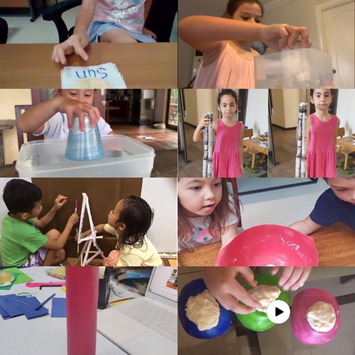





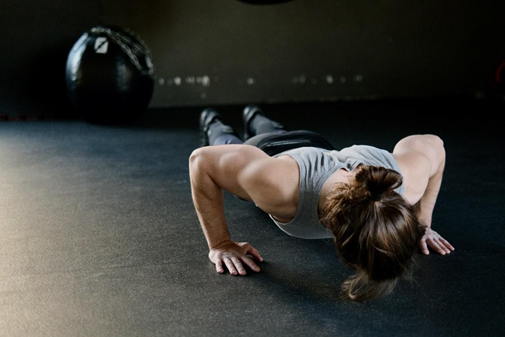 MYP Grade 10 Science
MYP Grade 10 Science 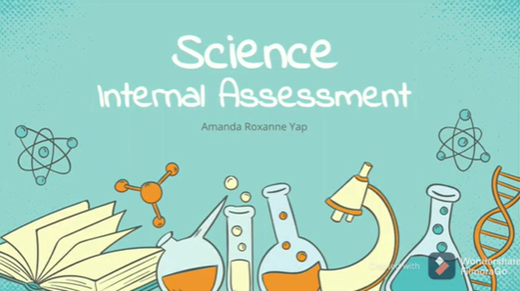
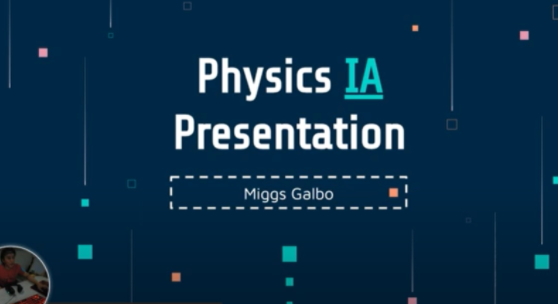


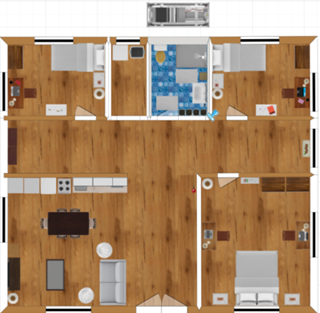 Design by Fiana
Design by Fiana
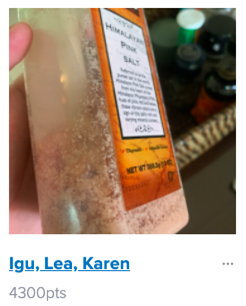
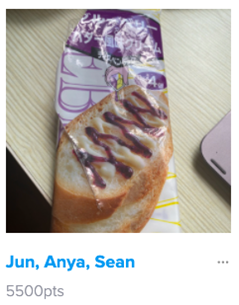
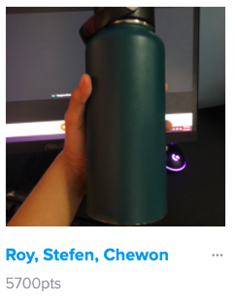



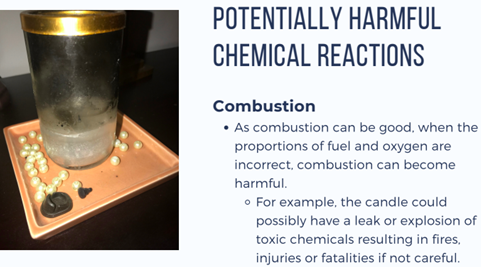
 by Jenny
by Jenny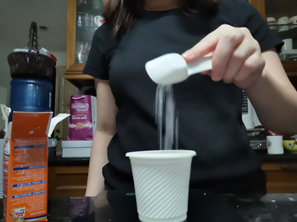 by Jodi
by Jodi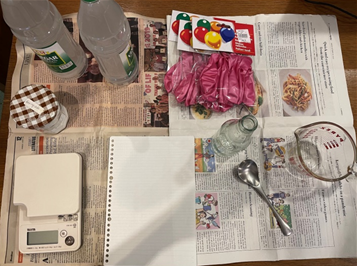 by Daigo
by Daigo
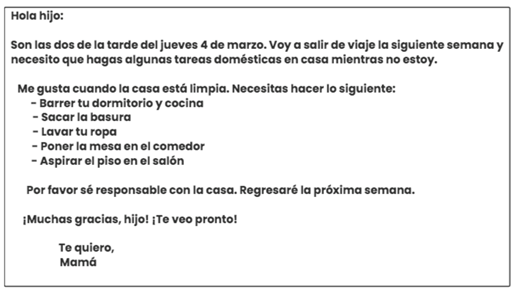


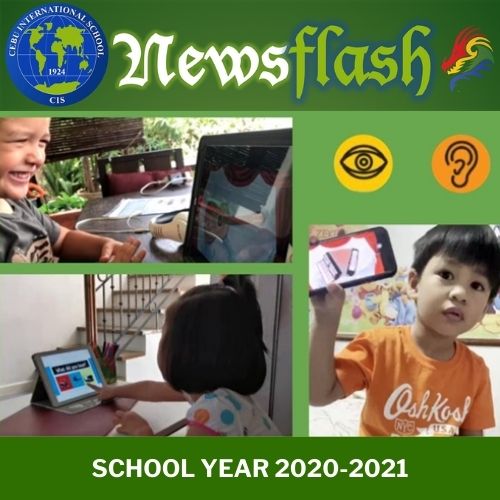
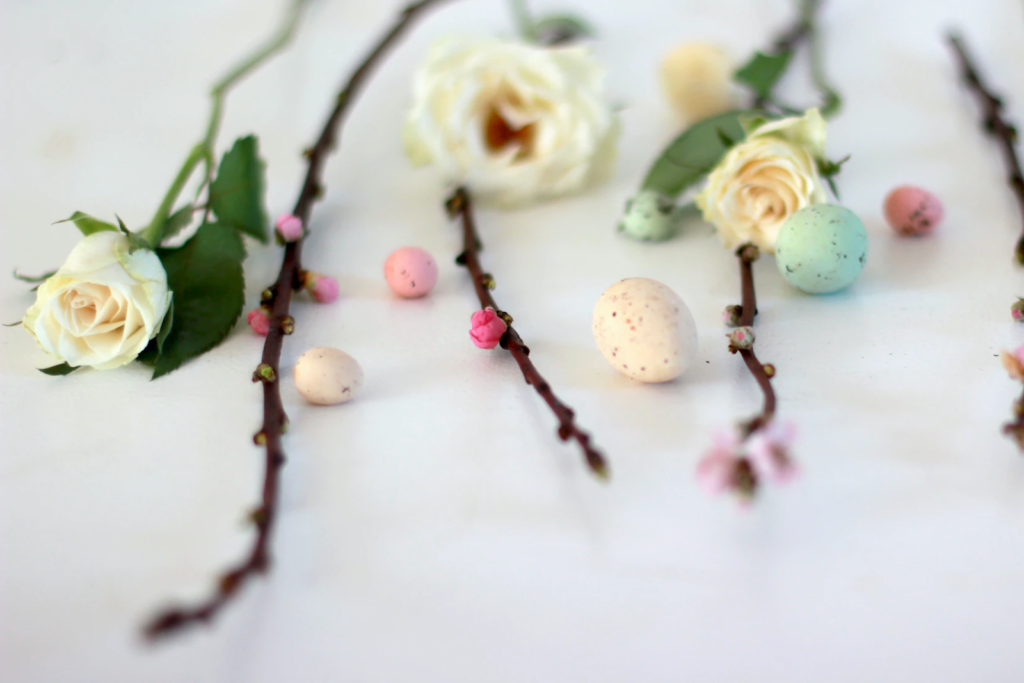
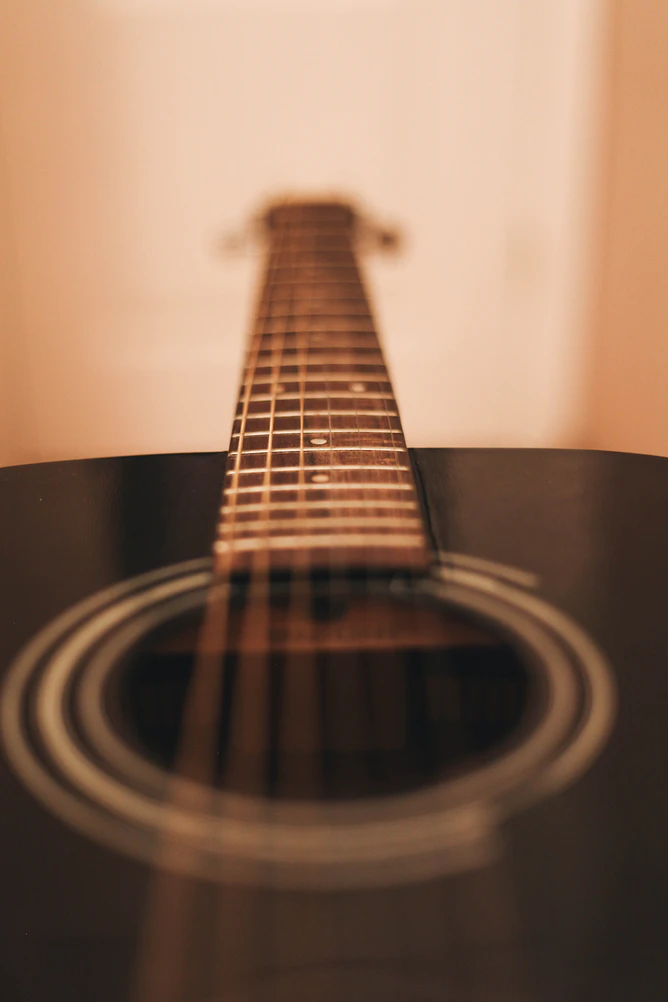

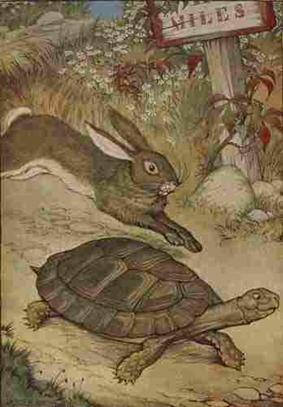 Over these past weeks we have explored and encouraged the importance of self-care among our students, our families and among our CIS staff and faculty. This period of remote work and remote learning has impacted us all in different ways, and the long term isolation can sometimes be confusing for our emotions. At times we are not sure how to feel, what to feel, and whether what we are feeling is ‘right’ or ‘wrong’. As we now head into a week of no classes, this is a time to move away from our devices and take the opportunity to relax a little from the ongoing pressures associated with pandemic work and learning.
Over these past weeks we have explored and encouraged the importance of self-care among our students, our families and among our CIS staff and faculty. This period of remote work and remote learning has impacted us all in different ways, and the long term isolation can sometimes be confusing for our emotions. At times we are not sure how to feel, what to feel, and whether what we are feeling is ‘right’ or ‘wrong’. As we now head into a week of no classes, this is a time to move away from our devices and take the opportunity to relax a little from the ongoing pressures associated with pandemic work and learning.
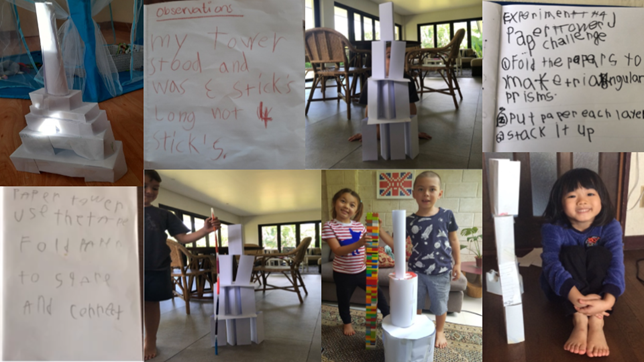

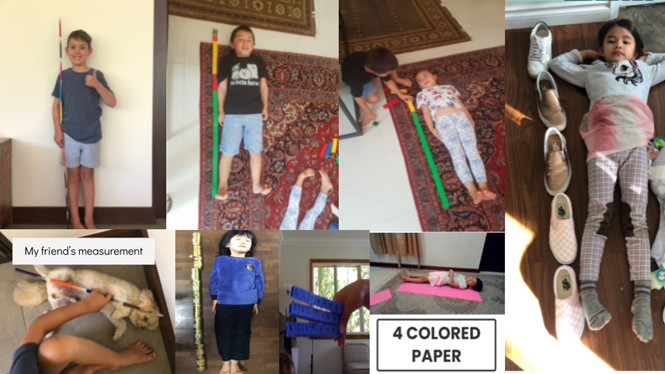
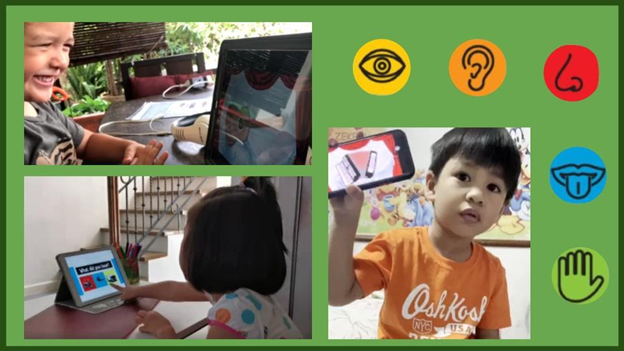
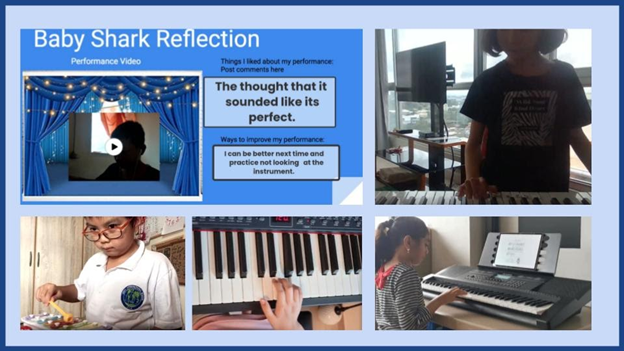


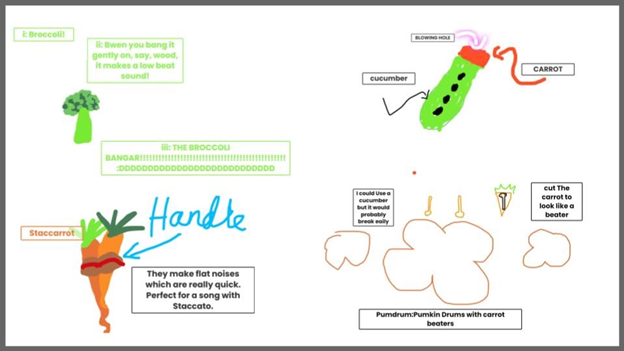
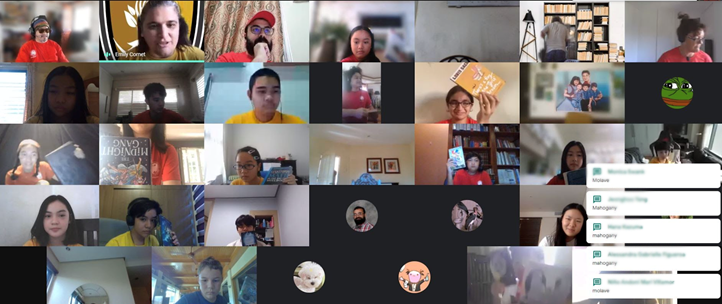 Charades was a fun activity, too. This is easy to successfully conduct in a virtual environment, but is very engaging nonetheless. Each team takes turns in guessing a word that is being acted out by a team mate. They are given a few seconds to guess what the word is based on the actions and the opposing team gets a chance to guess if the current team fails to give a correct answer.
Charades was a fun activity, too. This is easy to successfully conduct in a virtual environment, but is very engaging nonetheless. Each team takes turns in guessing a word that is being acted out by a team mate. They are given a few seconds to guess what the word is based on the actions and the opposing team gets a chance to guess if the current team fails to give a correct answer.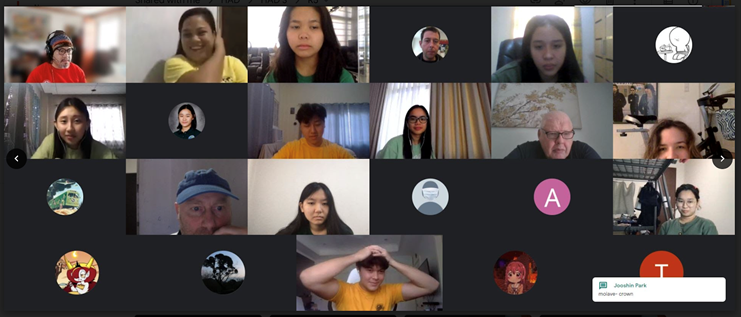
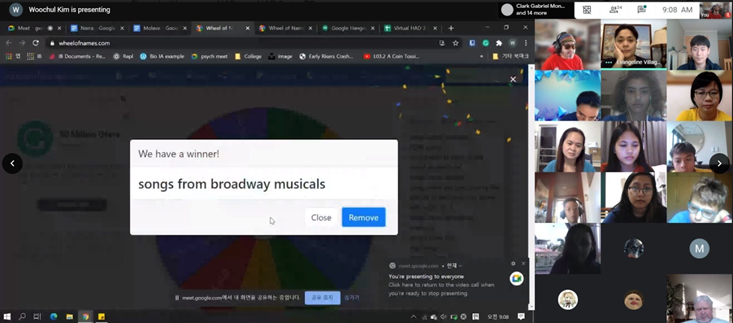
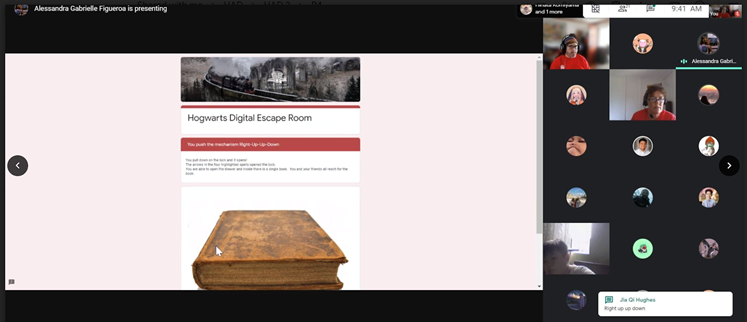
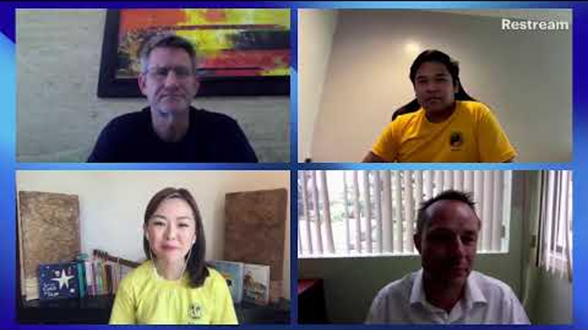 At the end of HAD 3, it was clear that team Narra won as they led with 98 points, 25 points ahead of the second closest team, Mahogany, which had obtained 73 points. Team Acacia took 3rd place and Team Molave took 4th. This HAD was also the final opportunity to determine the winners of the School Spirit Cup. We tally the results of all activities from the three different HAD days in order to determine which house has the “bragging rights” as champions which will carry into next year until the final HAD day of 2022.
At the end of HAD 3, it was clear that team Narra won as they led with 98 points, 25 points ahead of the second closest team, Mahogany, which had obtained 73 points. Team Acacia took 3rd place and Team Molave took 4th. This HAD was also the final opportunity to determine the winners of the School Spirit Cup. We tally the results of all activities from the three different HAD days in order to determine which house has the “bragging rights” as champions which will carry into next year until the final HAD day of 2022.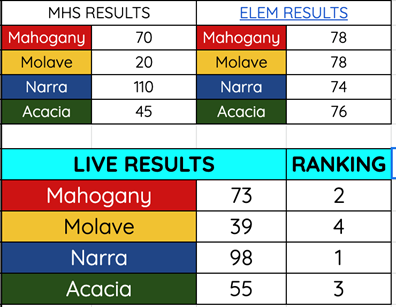


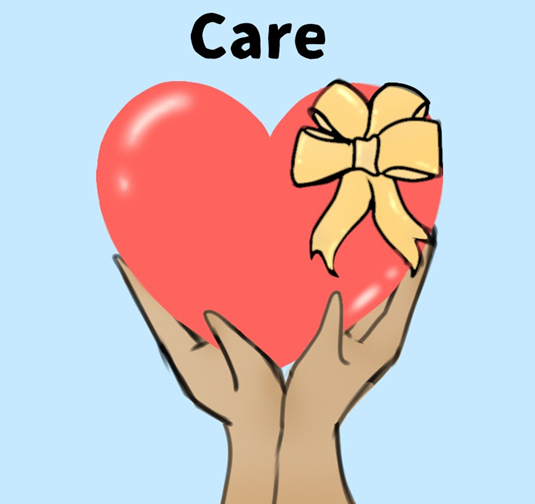
 This year posed a unique challenge, in that not only was the production virtual, but all of our performers had to practice and record themselves without being physically present with the drama directors, musical directors, choreographers, and other cast members. Yet, showing indefatigable “dragon spirit,” our team of teachers and students were able to create a successful production.
This year posed a unique challenge, in that not only was the production virtual, but all of our performers had to practice and record themselves without being physically present with the drama directors, musical directors, choreographers, and other cast members. Yet, showing indefatigable “dragon spirit,” our team of teachers and students were able to create a successful production.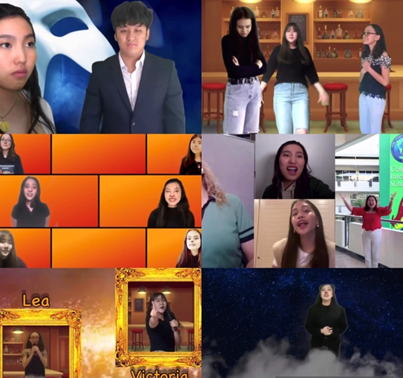
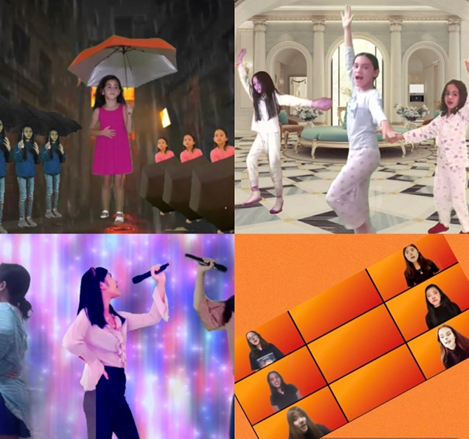




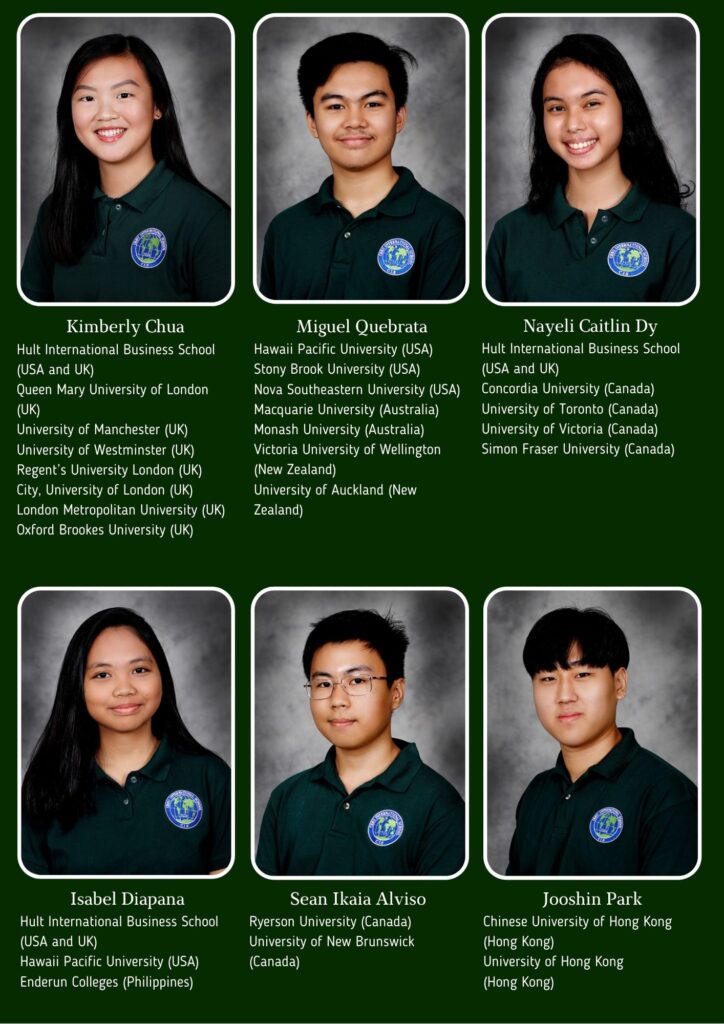




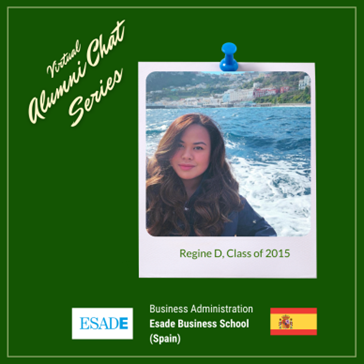
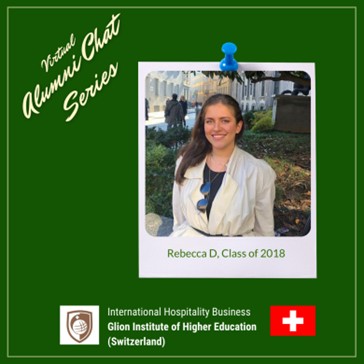
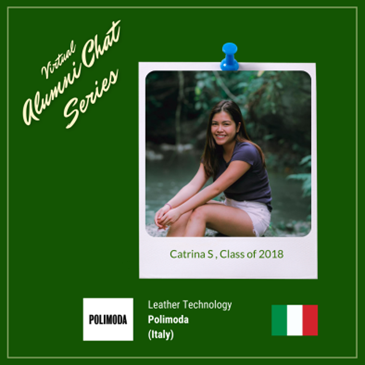


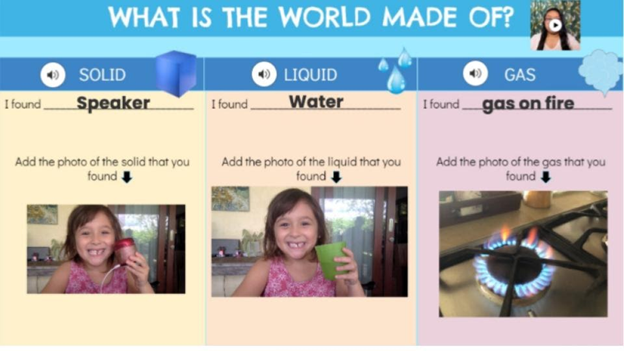

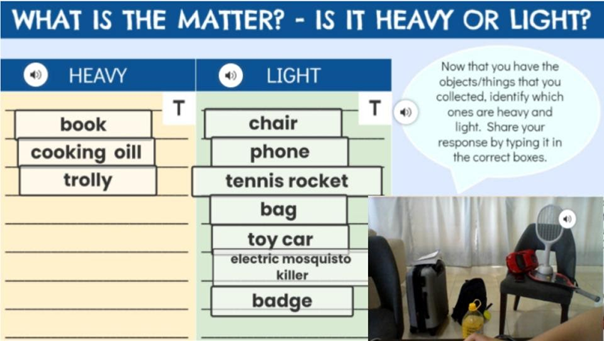
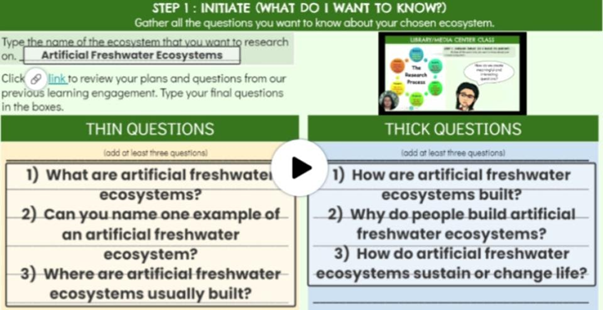
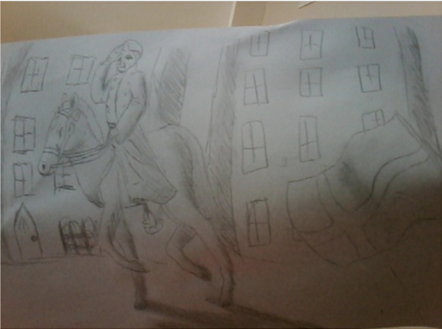

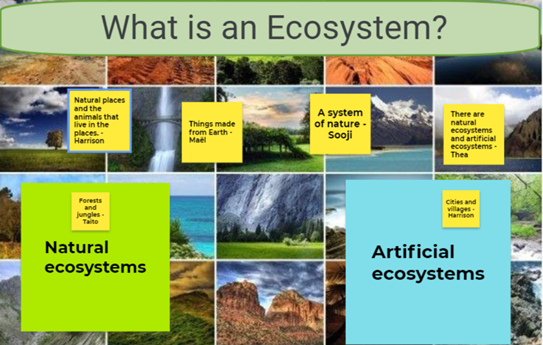
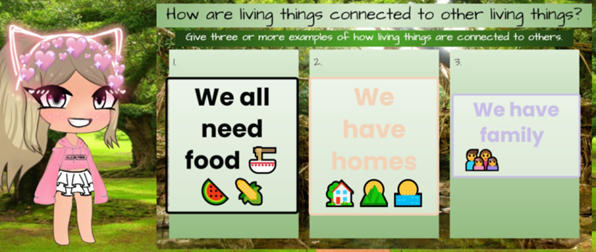

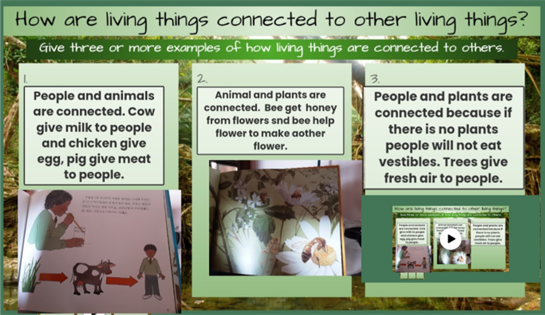
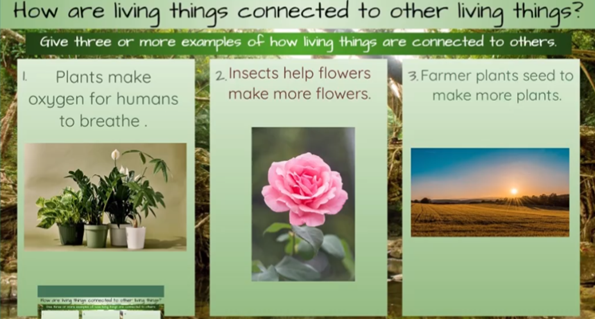



 completing all their requirements for the IB Diploma. Last week, after they had successfully completed these requirements, Ms. Pierra asked them to inspire the community by sharing their thoughts and feelings about their journey as History students. The activity was done through a sentence relay so everyone could participate and contribute in the article.
completing all their requirements for the IB Diploma. Last week, after they had successfully completed these requirements, Ms. Pierra asked them to inspire the community by sharing their thoughts and feelings about their journey as History students. The activity was done through a sentence relay so everyone could participate and contribute in the article.  IB Psychology students have been learning about some of the central methods used in psychological research, and in particular how to demonstrate knowledge and understanding of these methods when writing exam questions. This requires a general explanation of the method, careful consideration of its strengths and limitations, and being able to identify how and why a given method would be appropriate and valuable with respect to a specific study. Students recently worked in pairs to create short videos on this important topic in the course.
IB Psychology students have been learning about some of the central methods used in psychological research, and in particular how to demonstrate knowledge and understanding of these methods when writing exam questions. This requires a general explanation of the method, careful consideration of its strengths and limitations, and being able to identify how and why a given method would be appropriate and valuable with respect to a specific study. Students recently worked in pairs to create short videos on this important topic in the course.
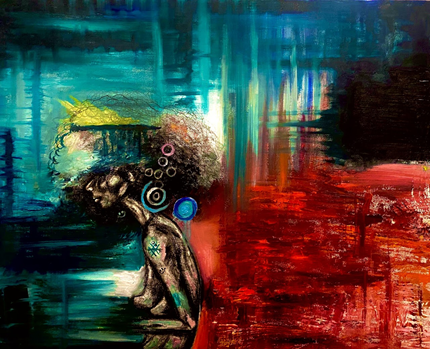

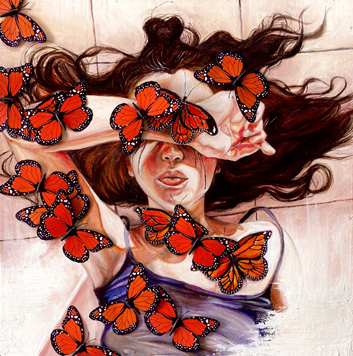
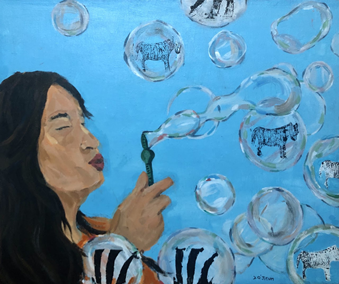
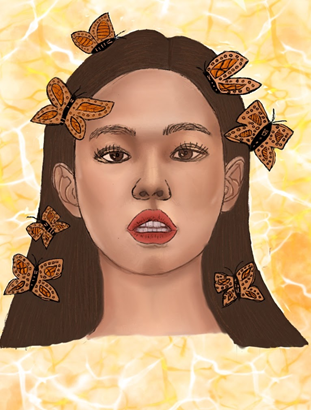
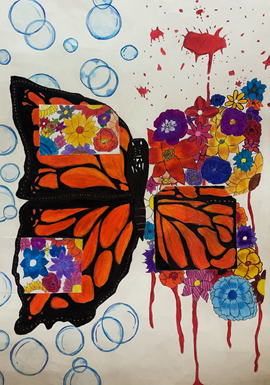


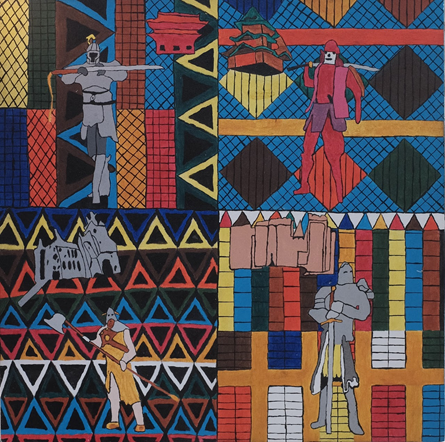
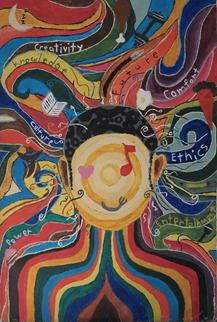


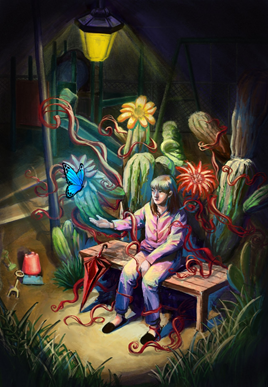
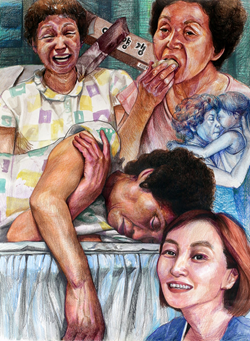
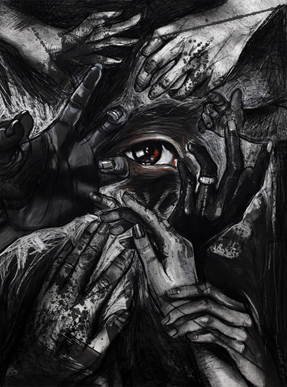

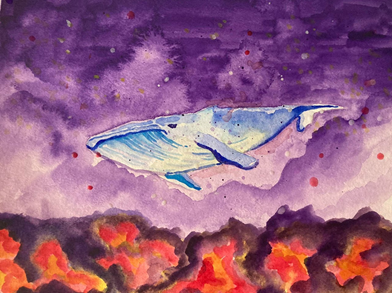
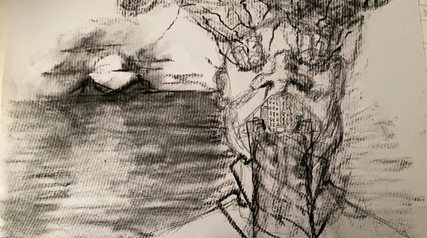
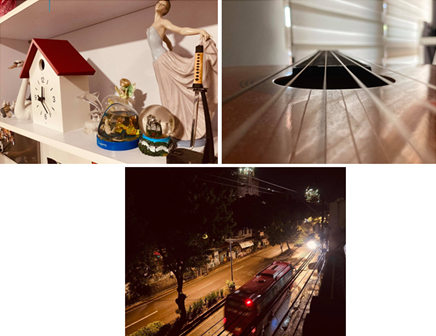

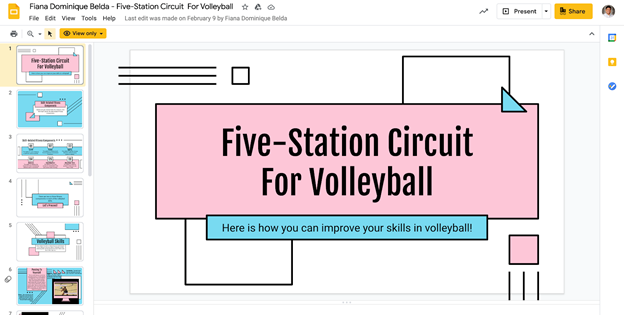


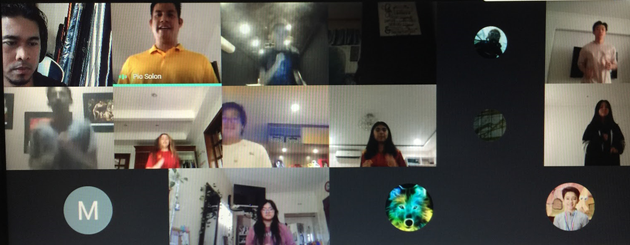
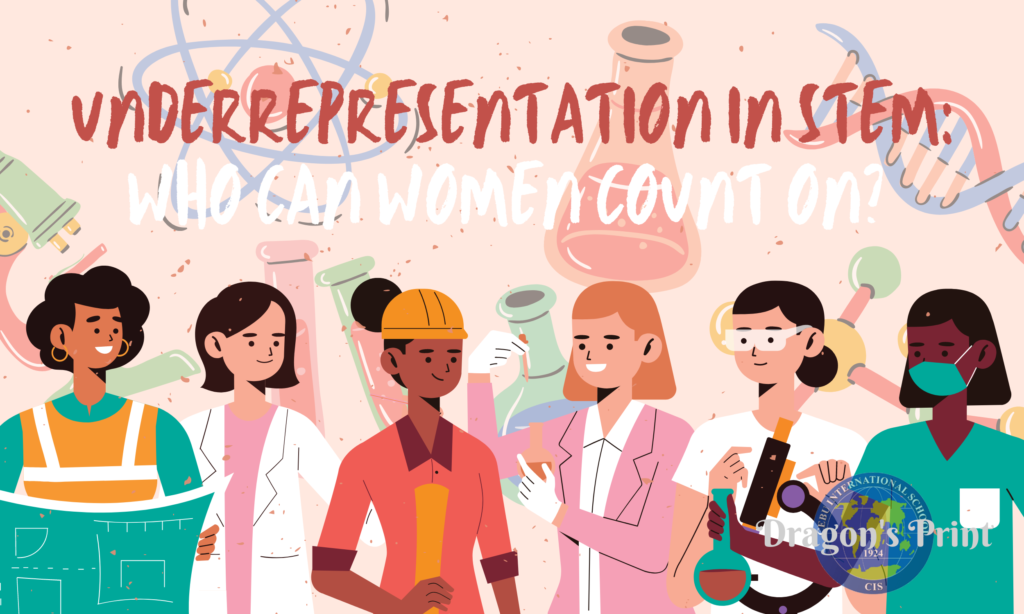
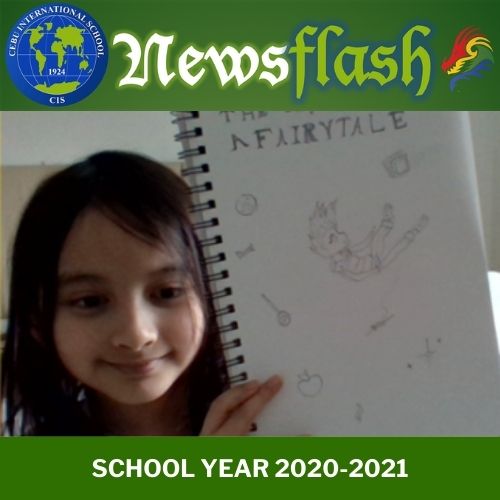

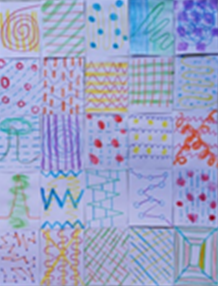

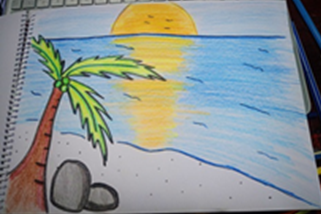

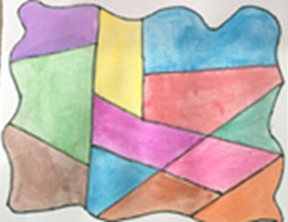



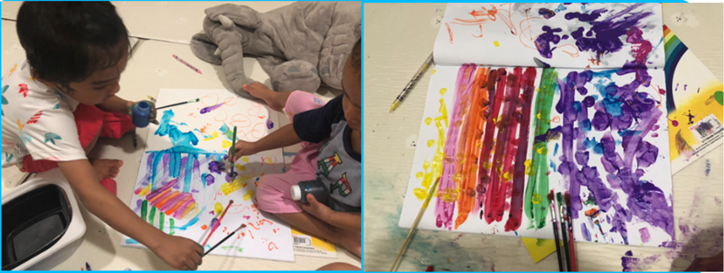
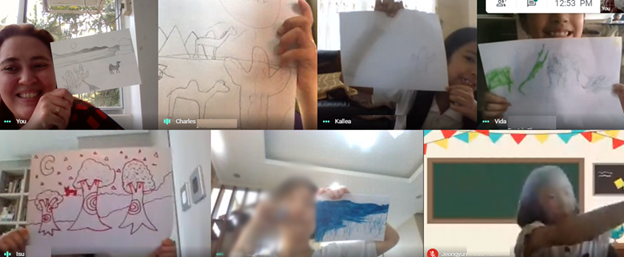



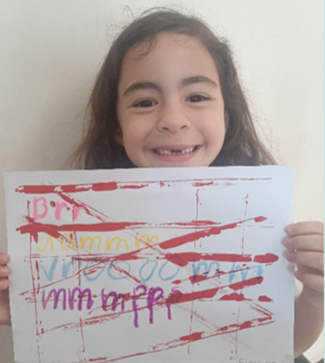
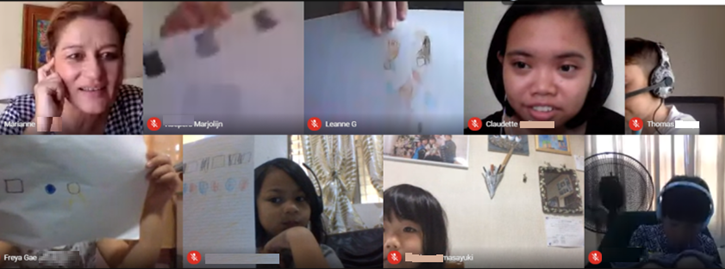
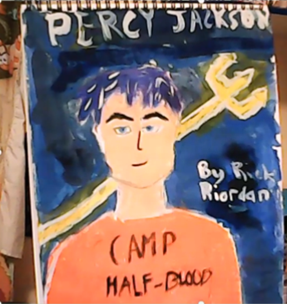
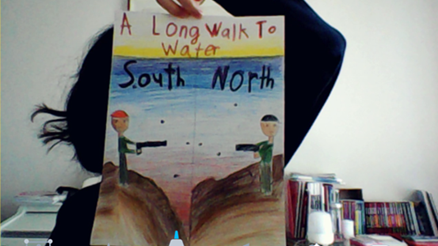
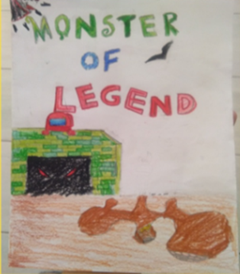
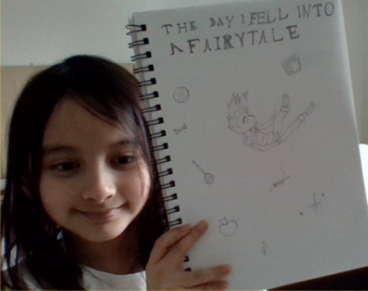




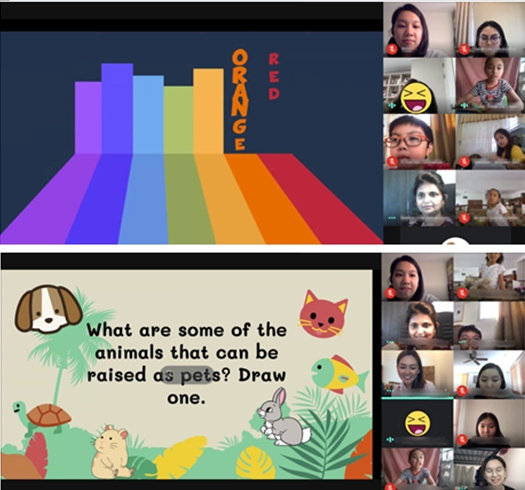













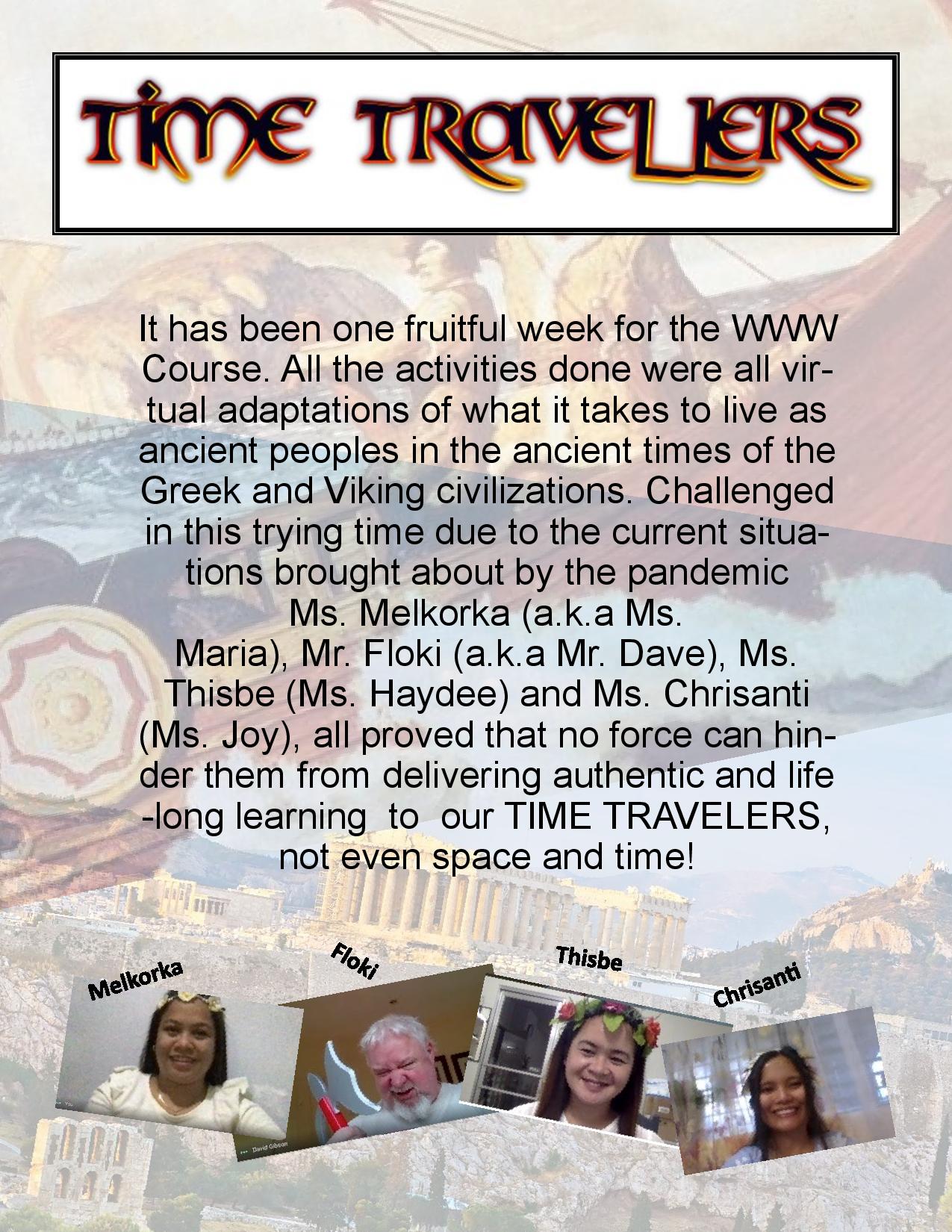
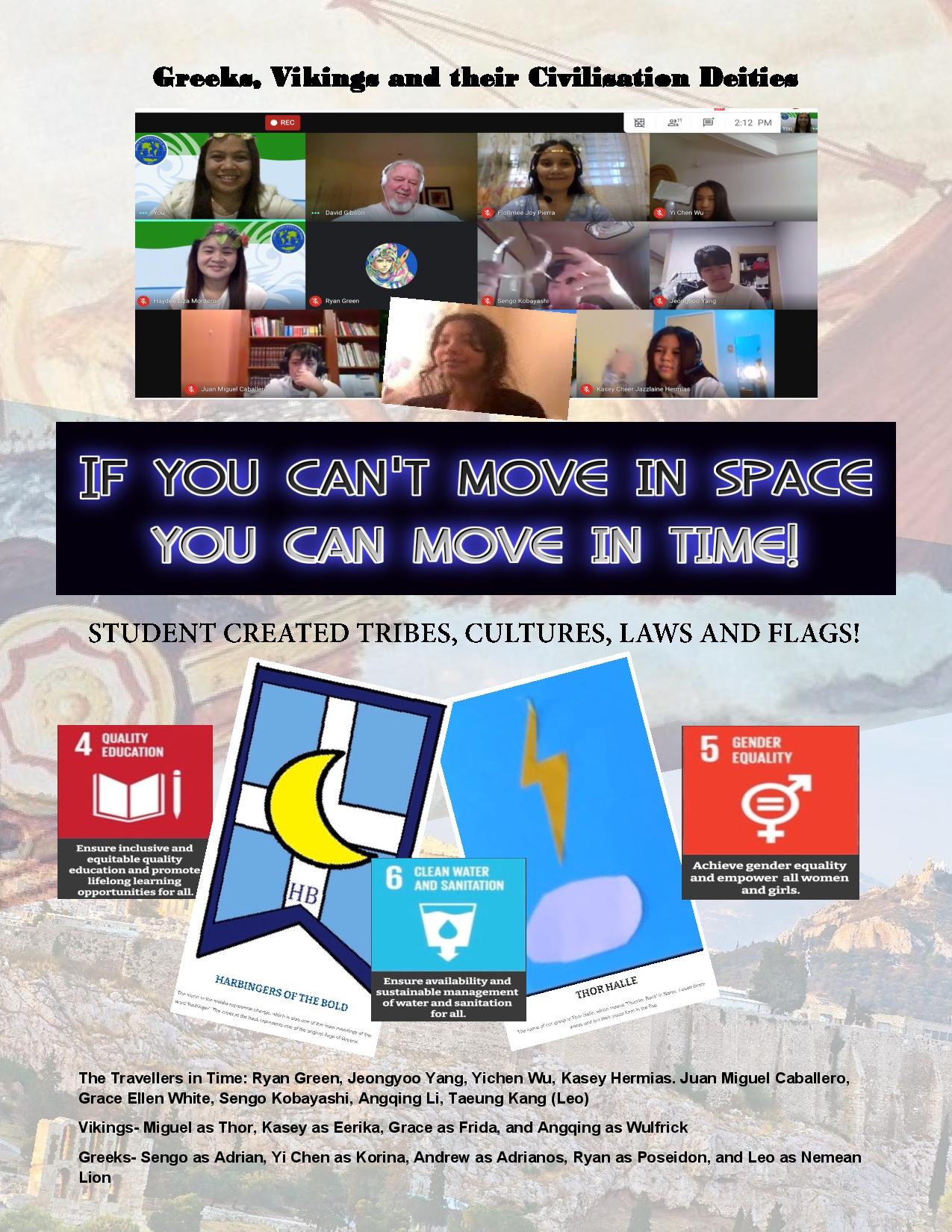
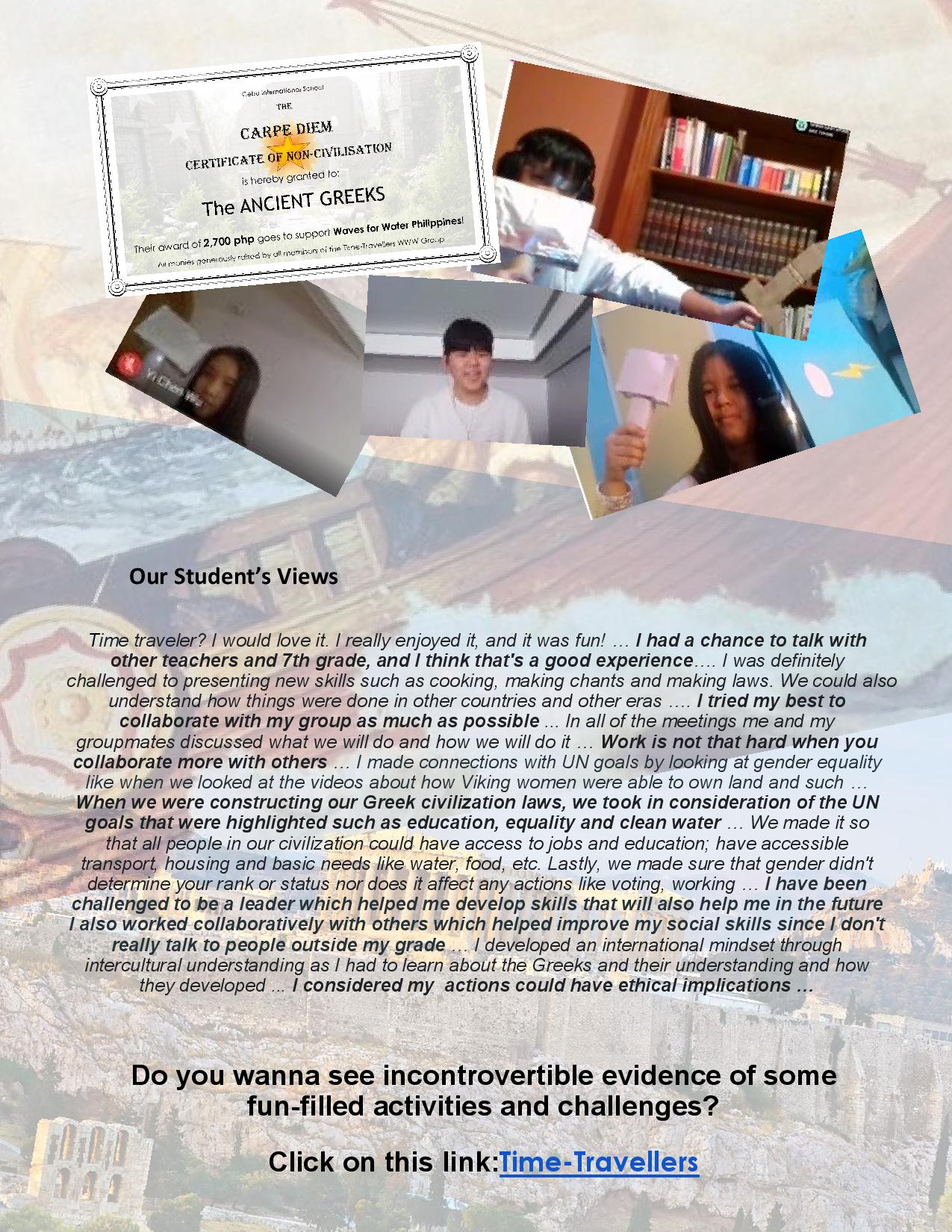


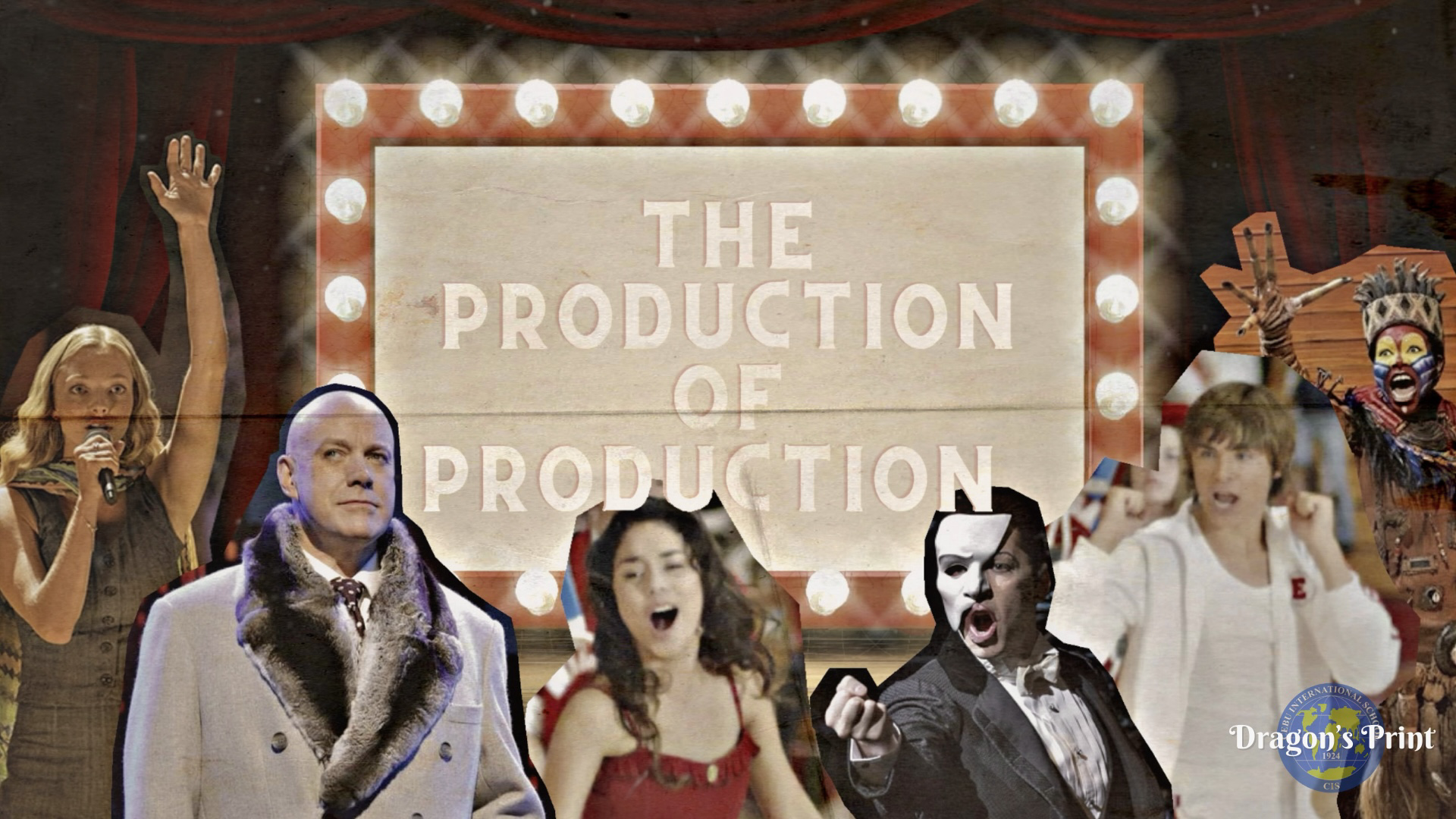
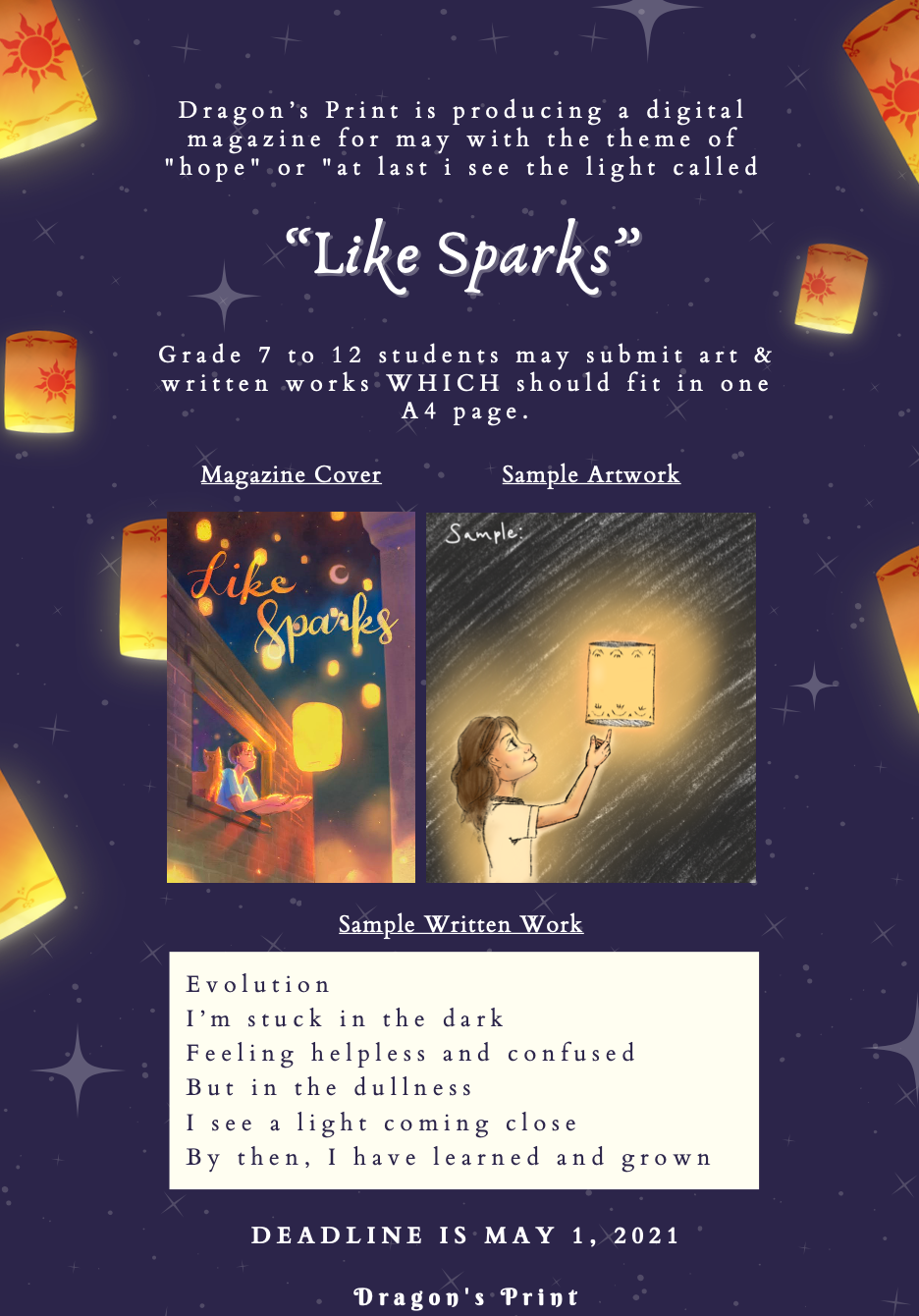
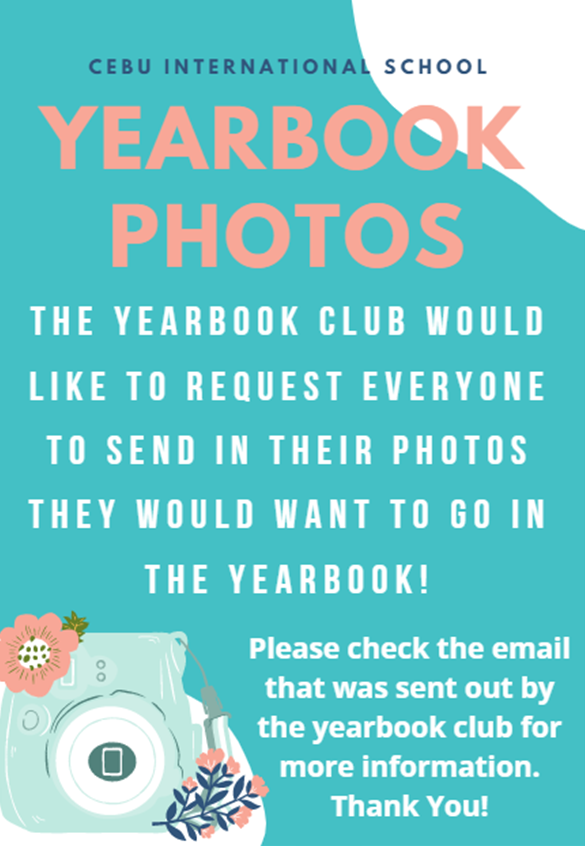
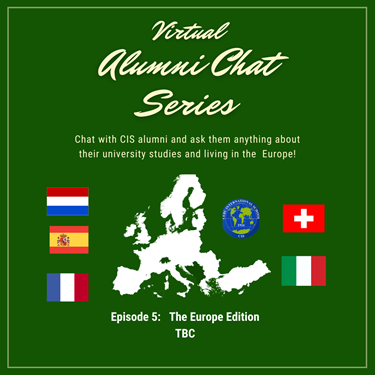

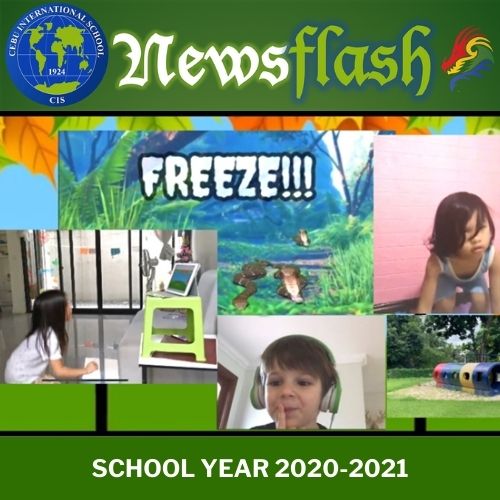





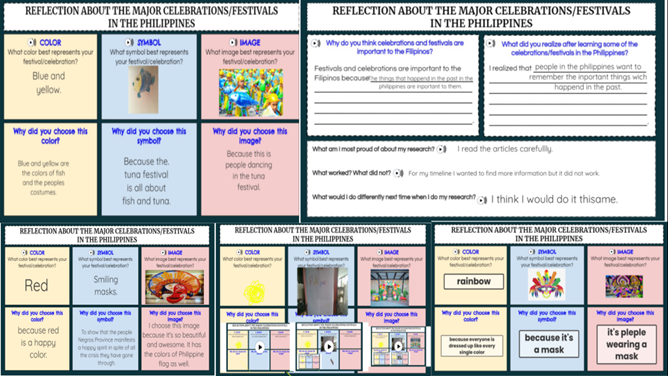

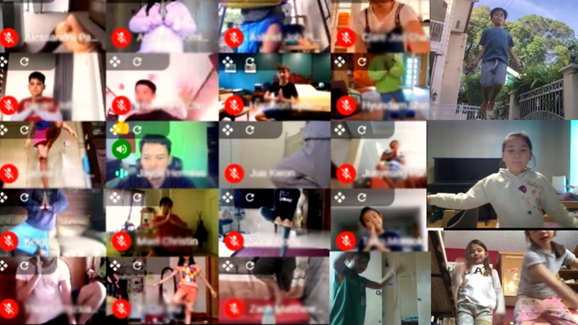

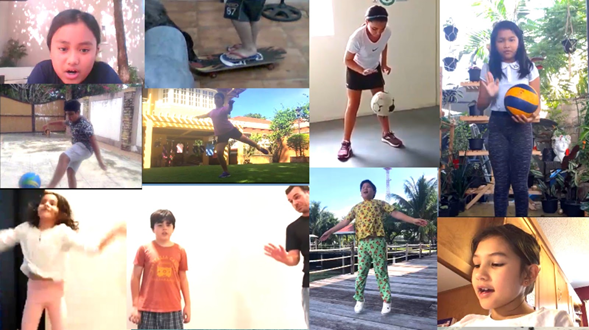
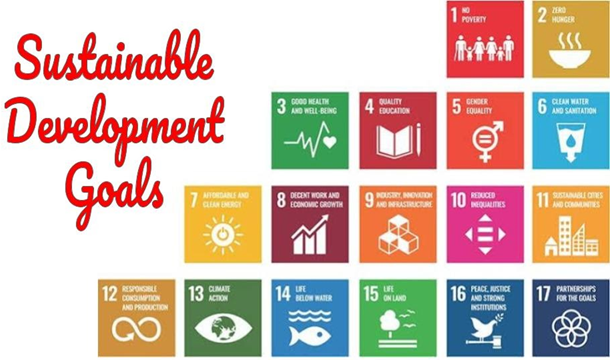




 Reflections:
Reflections:




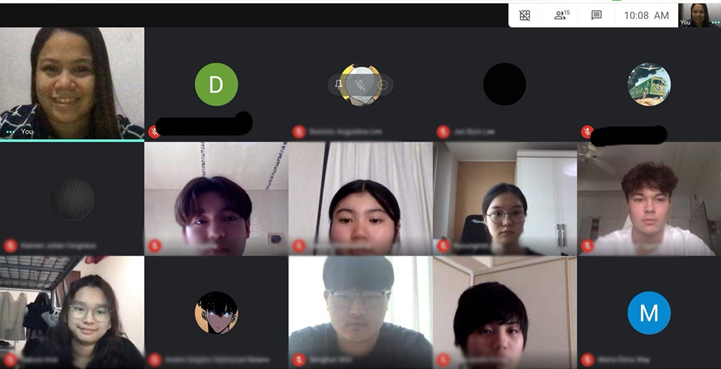
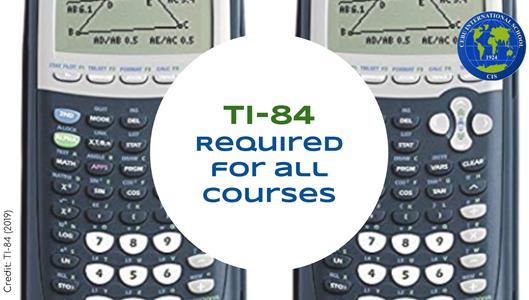

 They have enjoyed switching from reading each chapter to watching the next scene in the movie. Whenever they spot a difference they eagerly send their comments in the chat box while we are viewing the movie. This activity has helped them hone their skills for Criterion A especially that of
They have enjoyed switching from reading each chapter to watching the next scene in the movie. Whenever they spot a difference they eagerly send their comments in the chat box while we are viewing the movie. This activity has helped them hone their skills for Criterion A especially that of  Images by Reina Y.
Images by Reina Y.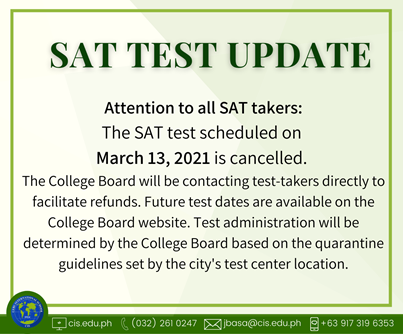
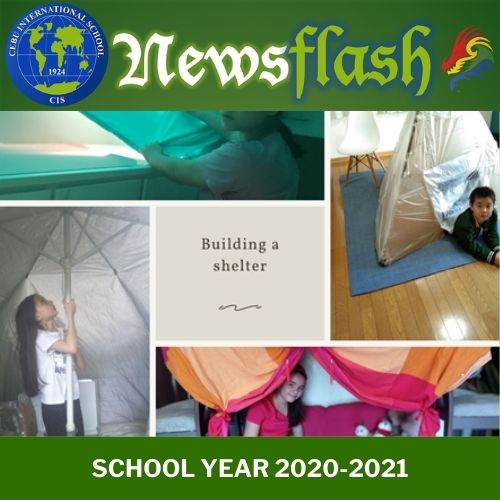
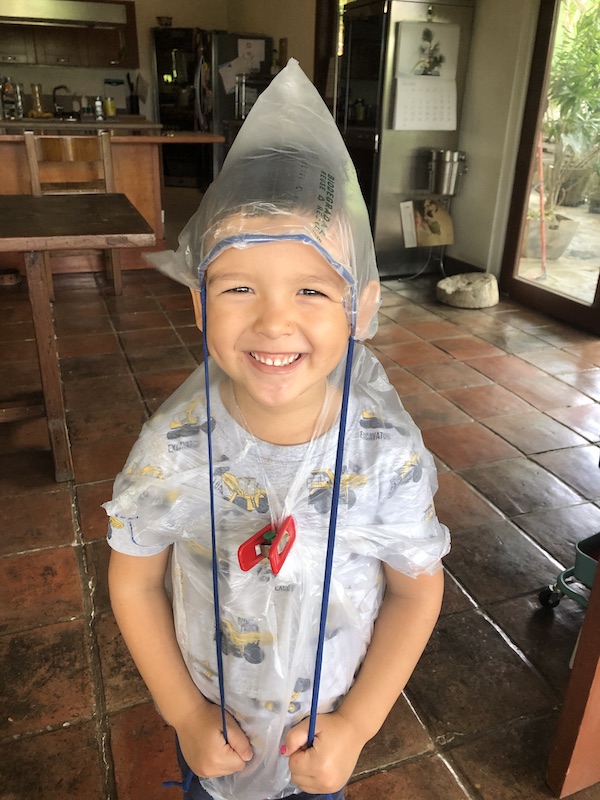

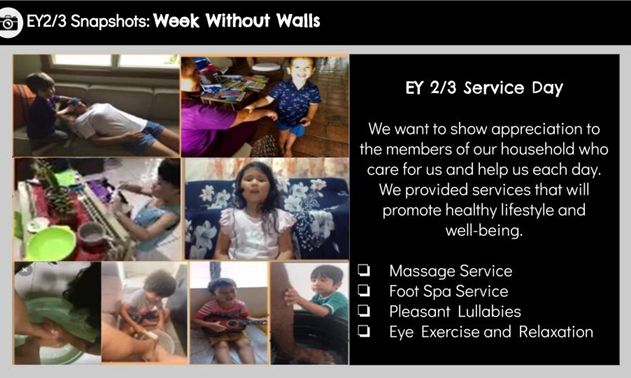
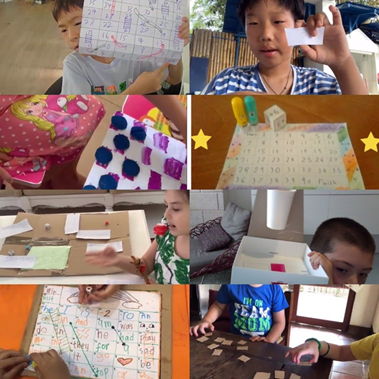 In connection to the UN Sustainable Goals specifically SDG No. 4 – Quality Education, the Kinder and Grade 1 students designed and created their very own word and number games. Then for SDG No.6 – Clean Water and Sanitation, students designed and built marble runs. Each morning this week, the students shared their designs and gave feedback to one another to improve their designs. By the end of each day, the students were able to make changes and modifications to their designs. This involved adjusting the rules in their games, and re-building their marble runs so the water/marble flowed more smoothly.
In connection to the UN Sustainable Goals specifically SDG No. 4 – Quality Education, the Kinder and Grade 1 students designed and created their very own word and number games. Then for SDG No.6 – Clean Water and Sanitation, students designed and built marble runs. Each morning this week, the students shared their designs and gave feedback to one another to improve their designs. By the end of each day, the students were able to make changes and modifications to their designs. This involved adjusting the rules in their games, and re-building their marble runs so the water/marble flowed more smoothly.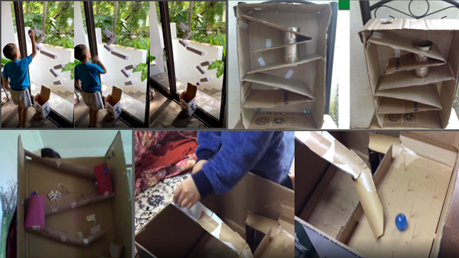 In line with the United Nations Sustainable Goals #4 of ‘
In line with the United Nations Sustainable Goals #4 of ‘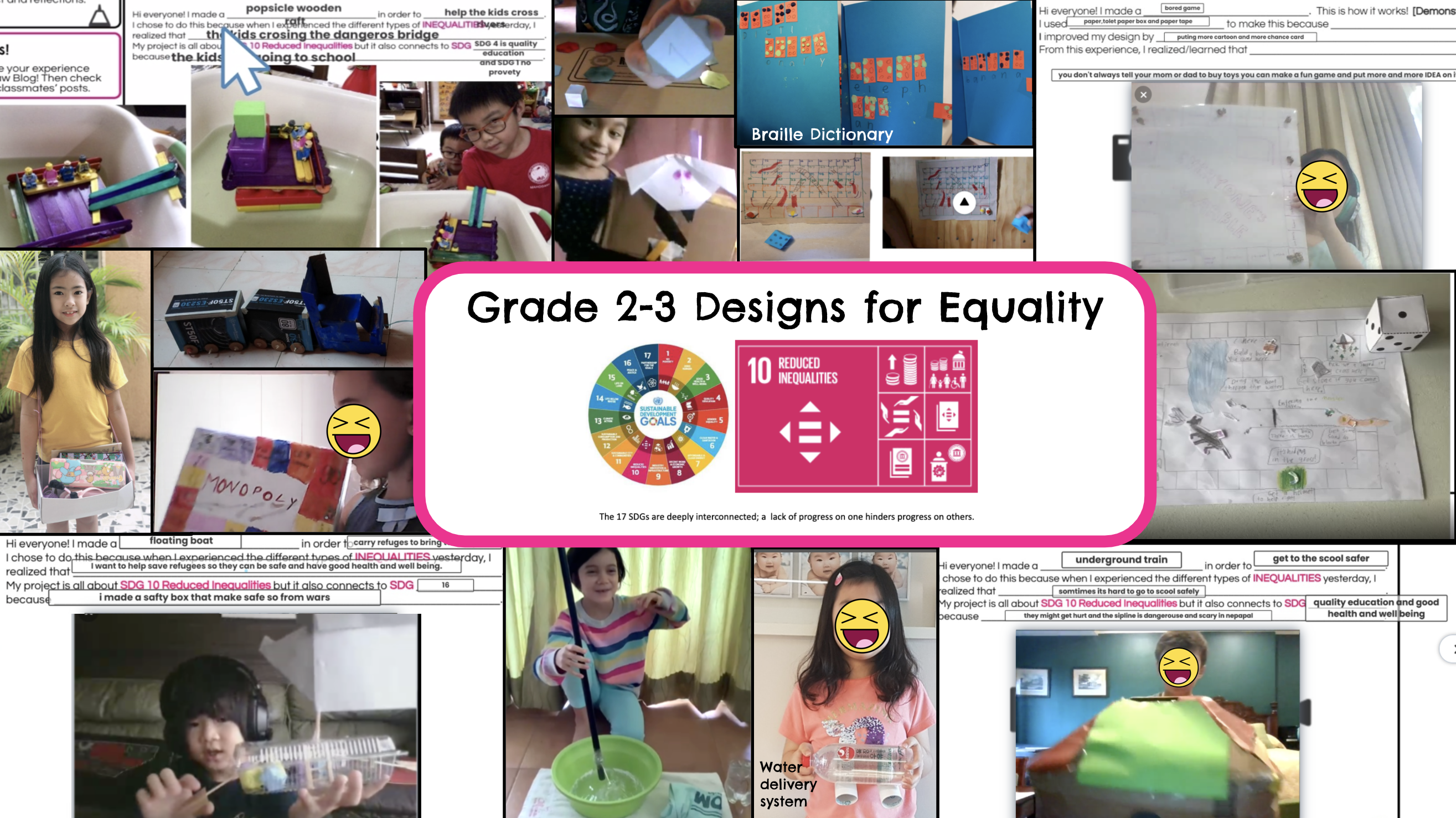

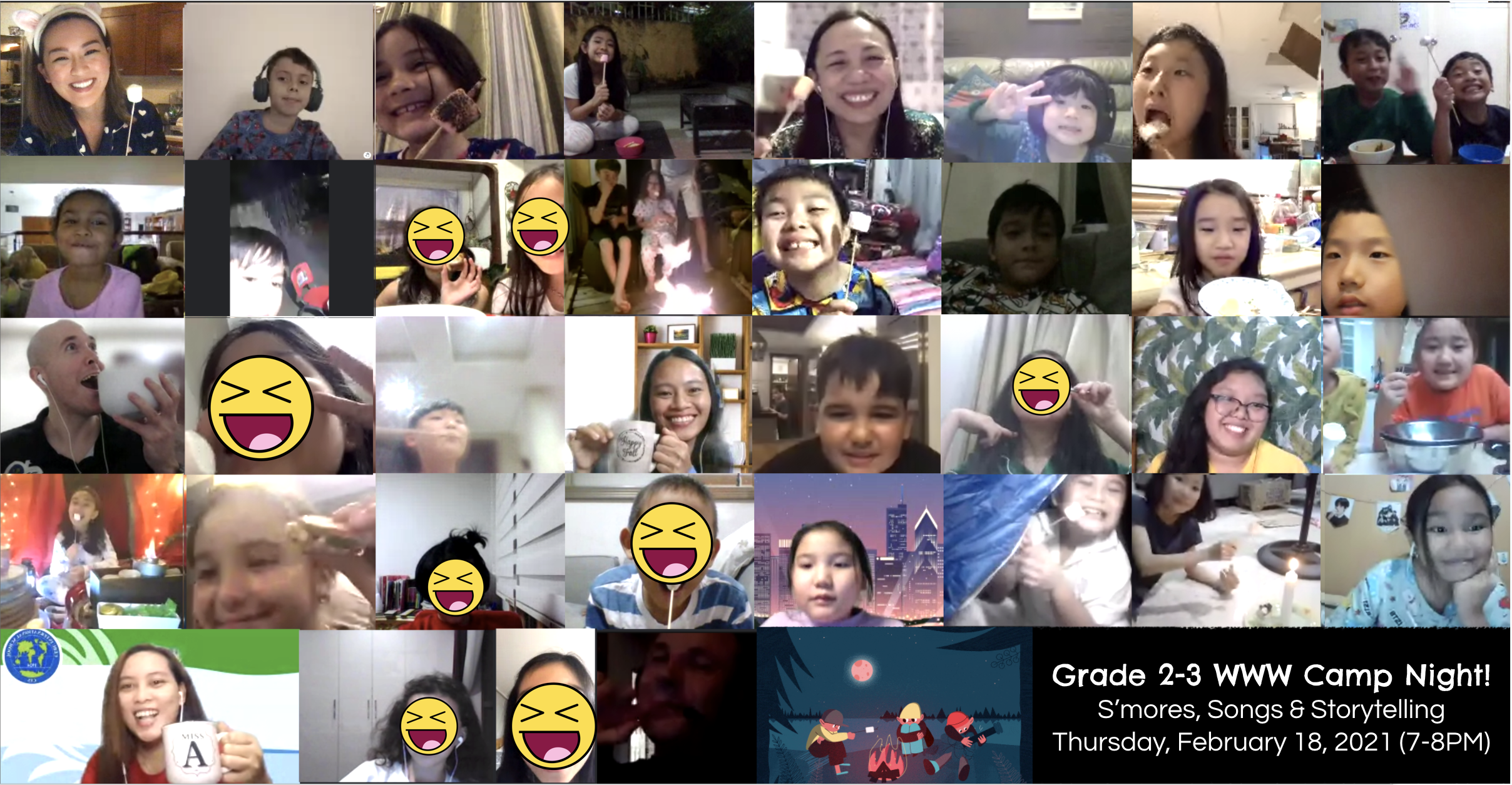
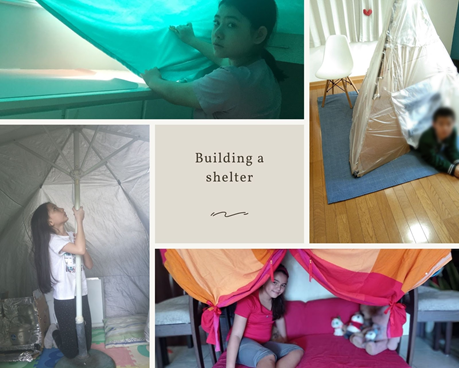
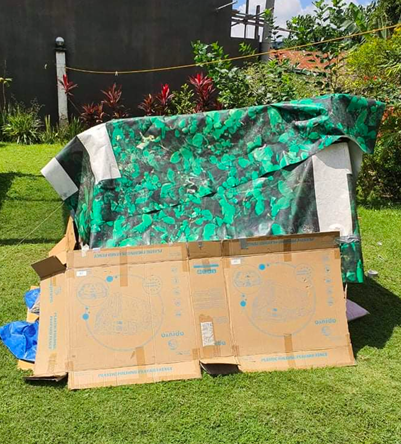
 Chinese New Year is a traditional festival which celebrates the start of the new year according to the Lunar Calendar. The whole celebration starts from the days leading up to the New Year, from the 15th of the January of the Lunar calendar. Every year the date of the new year changes and this year
Chinese New Year is a traditional festival which celebrates the start of the new year according to the Lunar Calendar. The whole celebration starts from the days leading up to the New Year, from the 15th of the January of the Lunar calendar. Every year the date of the new year changes and this year  Besides preparing for the New Year performances, the Mandarin students also experienced different activities during our class time. Grade 6/7 students watched a few videos, such as the Legend of Monster Nian, Sui story, and 12 Zodiac signs animal stories. They have learned the celebration activities and the cultural explanations for the ways people celebrate. For example, why do Chinese people like to have fish for New Year’s Eve dinner? Why Chinese people hang red decorations in the house for the New Year? Why Chinese people have fireworks during the New Year? Students also tried to make some handcraft, such as card holders, bouncing caw, new year cards, and ox lanterns. Grade 8/9 students also watched a few videos to learn more details about Chinese New Year celebrations and tried out different handicrafts during the class call, such as ox lanterns, ox heads, and cow lollipop holders. Grade 10 students learned about New Year information through a lot of activities and made their own handicrafts as well, including paper cutting, ox lanterns, ox heads, and bouncing ox. Grade 11 and Grade 12 Mandarin B students celebrated the new year by making some paper cuttings, ox cards, and New Year’s flowers. Besides this they also watched a few videos and learned how the Chinese New Year is celebrated. The students explained the celebration activities orally and discussed their own experiences of the holidays.
Besides preparing for the New Year performances, the Mandarin students also experienced different activities during our class time. Grade 6/7 students watched a few videos, such as the Legend of Monster Nian, Sui story, and 12 Zodiac signs animal stories. They have learned the celebration activities and the cultural explanations for the ways people celebrate. For example, why do Chinese people like to have fish for New Year’s Eve dinner? Why Chinese people hang red decorations in the house for the New Year? Why Chinese people have fireworks during the New Year? Students also tried to make some handcraft, such as card holders, bouncing caw, new year cards, and ox lanterns. Grade 8/9 students also watched a few videos to learn more details about Chinese New Year celebrations and tried out different handicrafts during the class call, such as ox lanterns, ox heads, and cow lollipop holders. Grade 10 students learned about New Year information through a lot of activities and made their own handicrafts as well, including paper cutting, ox lanterns, ox heads, and bouncing ox. Grade 11 and Grade 12 Mandarin B students celebrated the new year by making some paper cuttings, ox cards, and New Year’s flowers. Besides this they also watched a few videos and learned how the Chinese New Year is celebrated. The students explained the celebration activities orally and discussed their own experiences of the holidays.
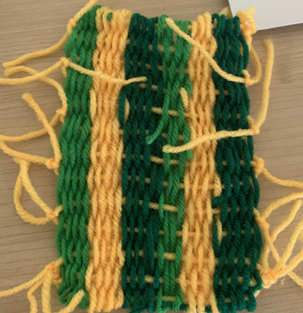

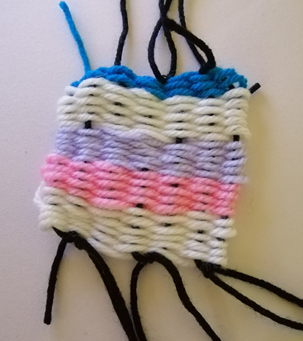
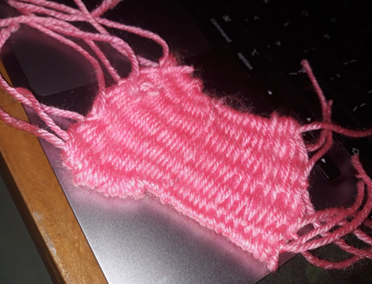
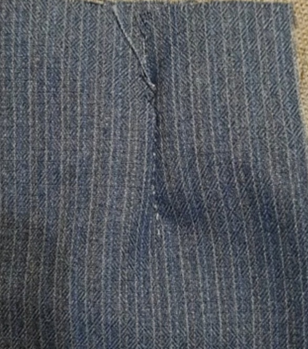
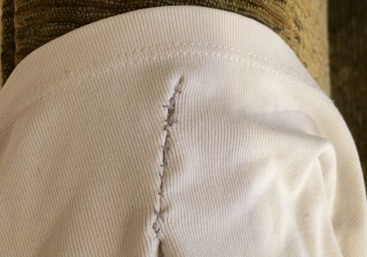
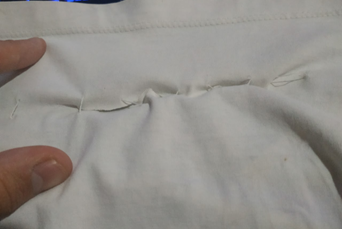
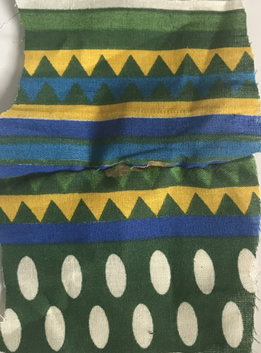
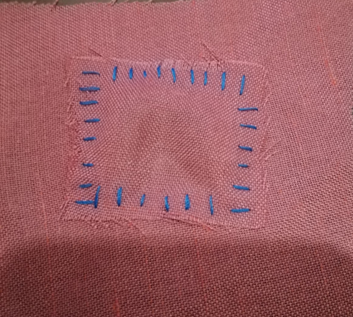
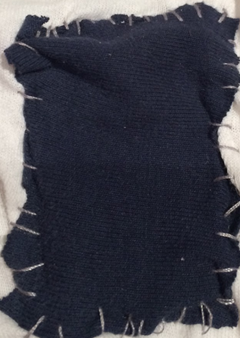
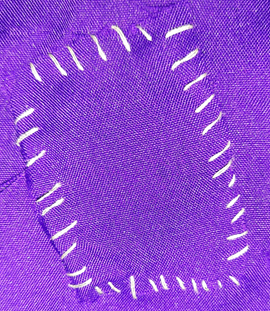
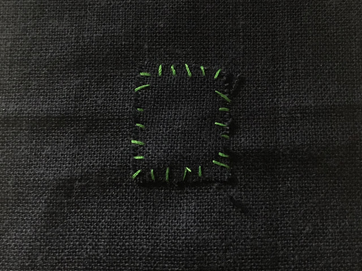
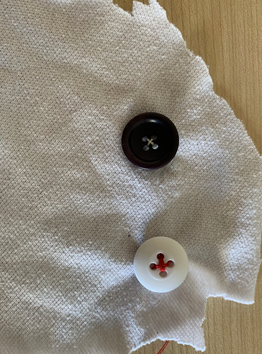


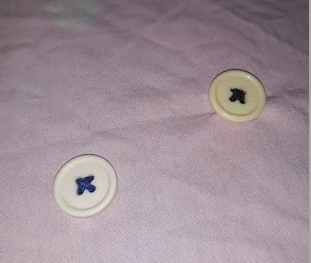


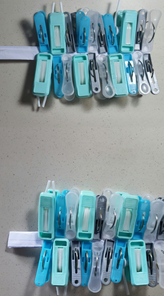
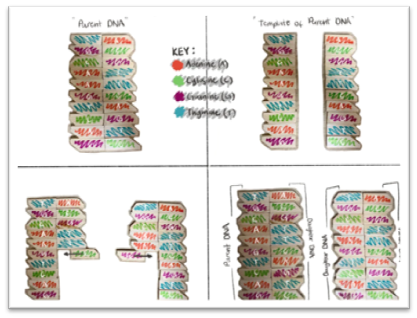
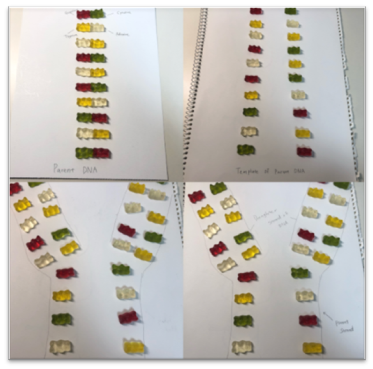

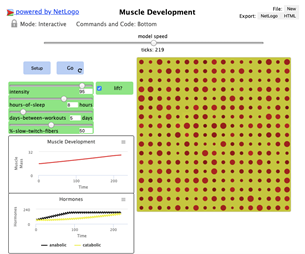
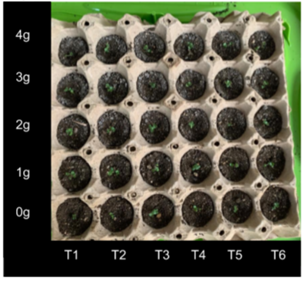



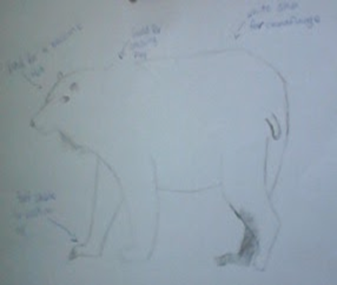
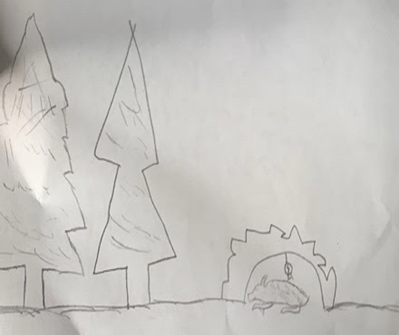

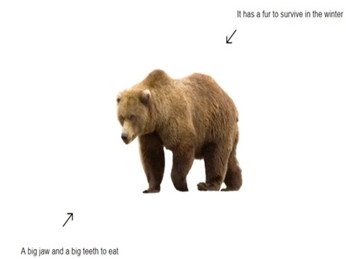
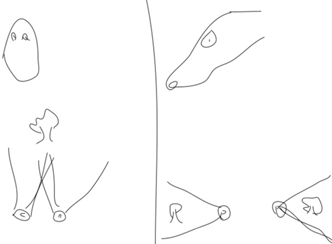
 In my poster I included what biodiversity was for me. I think biodiversity is learning to be equal no matter who or what or how we identify. No matter the color of our skin or who we love. I also included that we must consider plants and organisms as our own, we are hurting mother earth and must stop it; I included ways to reduce pollution in my poster. – Aadya
In my poster I included what biodiversity was for me. I think biodiversity is learning to be equal no matter who or what or how we identify. No matter the color of our skin or who we love. I also included that we must consider plants and organisms as our own, we are hurting mother earth and must stop it; I included ways to reduce pollution in my poster. – Aadya 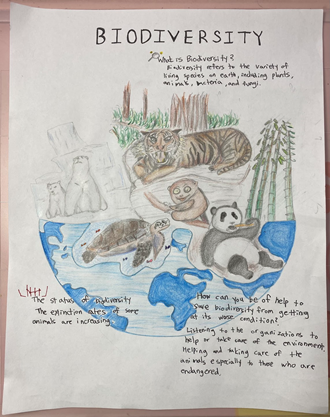 I made a poster about biodiversity. I have three questions in the poster and I also answered the questions. The picture in the middle I put some endangered animals such as a tiger, panda, polar bears, sea turtles, and a tarsier. I expressed the earth in the bottom part and on the top part of the earth drawing, I drew their habitats like an ice bear lives in the ice and the panda lives in a bamboo forest, a tiger usually lives in mountains, and lastly the sea turtle lives in the sea. The meaning of my drawing there is that every animal in this world has to be protected in their habitat and people should no longer harm nature. – Chaewon
I made a poster about biodiversity. I have three questions in the poster and I also answered the questions. The picture in the middle I put some endangered animals such as a tiger, panda, polar bears, sea turtles, and a tarsier. I expressed the earth in the bottom part and on the top part of the earth drawing, I drew their habitats like an ice bear lives in the ice and the panda lives in a bamboo forest, a tiger usually lives in mountains, and lastly the sea turtle lives in the sea. The meaning of my drawing there is that every animal in this world has to be protected in their habitat and people should no longer harm nature. – Chaewon  – Haylee
– Haylee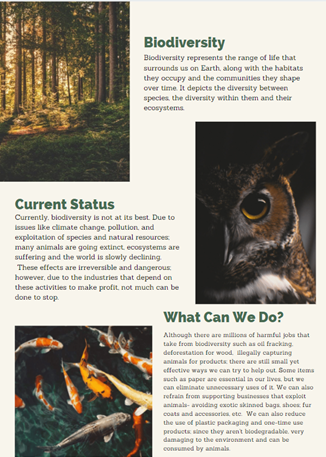 In my poster, I wrote about what biodiversity meant in my perspective and what is going on in our world right now that is related to biodiversity. The current status of biodiversity is also explained on my poster; talking about certain actions that happen which are harmful to our environment, ecosystems, and many species that are alive. I then listed a few ideas about what we can do in our day to day lives to help; even if it’s just by a little. I believe that, despite all the harm already inflicted, if people put in minimal effort together to help; there can be a change. – Yi Chen
In my poster, I wrote about what biodiversity meant in my perspective and what is going on in our world right now that is related to biodiversity. The current status of biodiversity is also explained on my poster; talking about certain actions that happen which are harmful to our environment, ecosystems, and many species that are alive. I then listed a few ideas about what we can do in our day to day lives to help; even if it’s just by a little. I believe that, despite all the harm already inflicted, if people put in minimal effort together to help; there can be a change. – Yi Chen 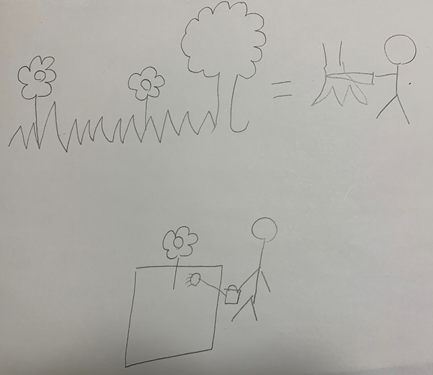 The first drawing is an example of Biodiversity; it is a drawing of flowers and trees. The second one is a picture of a man cutting trees. It is to show the status of Biodiversity. I can help save Biodiversity by planting trees and simple acts such as helping keep the environment clean. – Ryota
The first drawing is an example of Biodiversity; it is a drawing of flowers and trees. The second one is a picture of a man cutting trees. It is to show the status of Biodiversity. I can help save Biodiversity by planting trees and simple acts such as helping keep the environment clean. – Ryota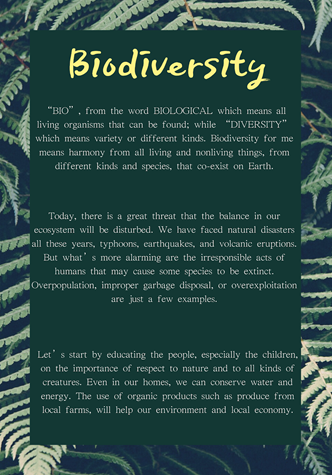 – Seyoung
– Seyoung This poster is all about biodiversity, its current state, and what we can do to help. I decided to go for more of a visual poster than a wordy one. I included 2 Earths: one with a healthy biodiverse ecosystem, and the other a completely destroyed one. I decided to go for the more visual approach because I want to capture the attention of people such as you reading this. This topic is very personal to me because I am a very animal-plant-outdoor loving kind of person. Knowing that we Homo sapiens, being the cause of destruction of biodiversity, makes me sad. -Amelia
This poster is all about biodiversity, its current state, and what we can do to help. I decided to go for more of a visual poster than a wordy one. I included 2 Earths: one with a healthy biodiverse ecosystem, and the other a completely destroyed one. I decided to go for the more visual approach because I want to capture the attention of people such as you reading this. This topic is very personal to me because I am a very animal-plant-outdoor loving kind of person. Knowing that we Homo sapiens, being the cause of destruction of biodiversity, makes me sad. -Amelia 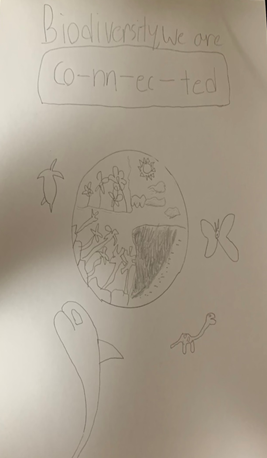 In my poster I explained what Biodiversity means to me and the meaning of biodiversity in my own words. In my opinion, I think Biodiversity is a very usual thing like organizing the animals and natural living, it could organize them in each group to make it look clear and organized. I am saying that we are all connected. – Taeung
In my poster I explained what Biodiversity means to me and the meaning of biodiversity in my own words. In my opinion, I think Biodiversity is a very usual thing like organizing the animals and natural living, it could organize them in each group to make it look clear and organized. I am saying that we are all connected. – Taeung 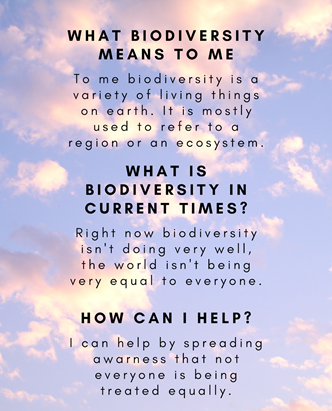 – Grace
– Grace My answers are based on what I’ve seen. There have been comparisons between cities before and after there was quarantine. The photos after quarantine are the ones that look less polluted. Climate change is something that needs to be taken care of and the use of electricity causes greenhouse gases to be emitted. Air pollution is a common type of pollution, and so is water pollution. Trash that doesn’t biodegrade can last for a long time. Sometimes animals will think that trash is their prey or source of food and eat it which harms them. – Kasey
My answers are based on what I’ve seen. There have been comparisons between cities before and after there was quarantine. The photos after quarantine are the ones that look less polluted. Climate change is something that needs to be taken care of and the use of electricity causes greenhouse gases to be emitted. Air pollution is a common type of pollution, and so is water pollution. Trash that doesn’t biodegrade can last for a long time. Sometimes animals will think that trash is their prey or source of food and eat it which harms them. – Kasey 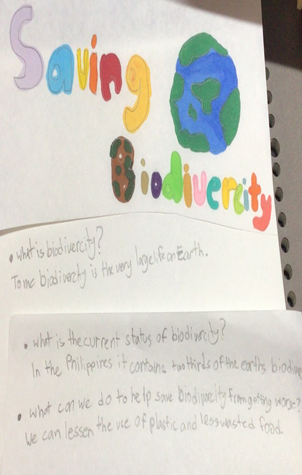 – Asahi
– Asahi In the poster, I talked about what biodiversity is for me. I also talked about the current state of biodiversity and how it is not in a very good state. I talked about how animals in the Arctic and sea creatures are suffering because of climate change and pollution. I also talked about how we can help save biodiversity. I gave suggestions like planting. which can help
In the poster, I talked about what biodiversity is for me. I also talked about the current state of biodiversity and how it is not in a very good state. I talked about how animals in the Arctic and sea creatures are suffering because of climate change and pollution. I also talked about how we can help save biodiversity. I gave suggestions like planting. which can help 


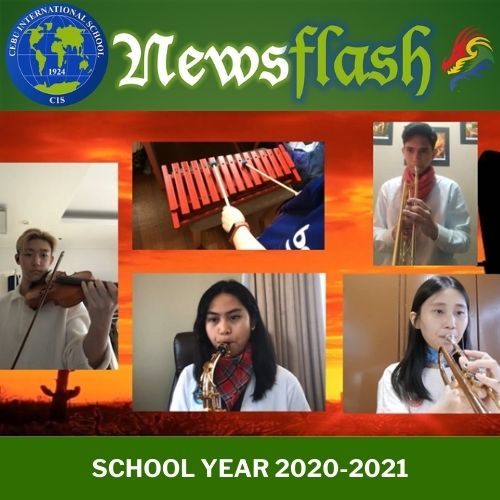
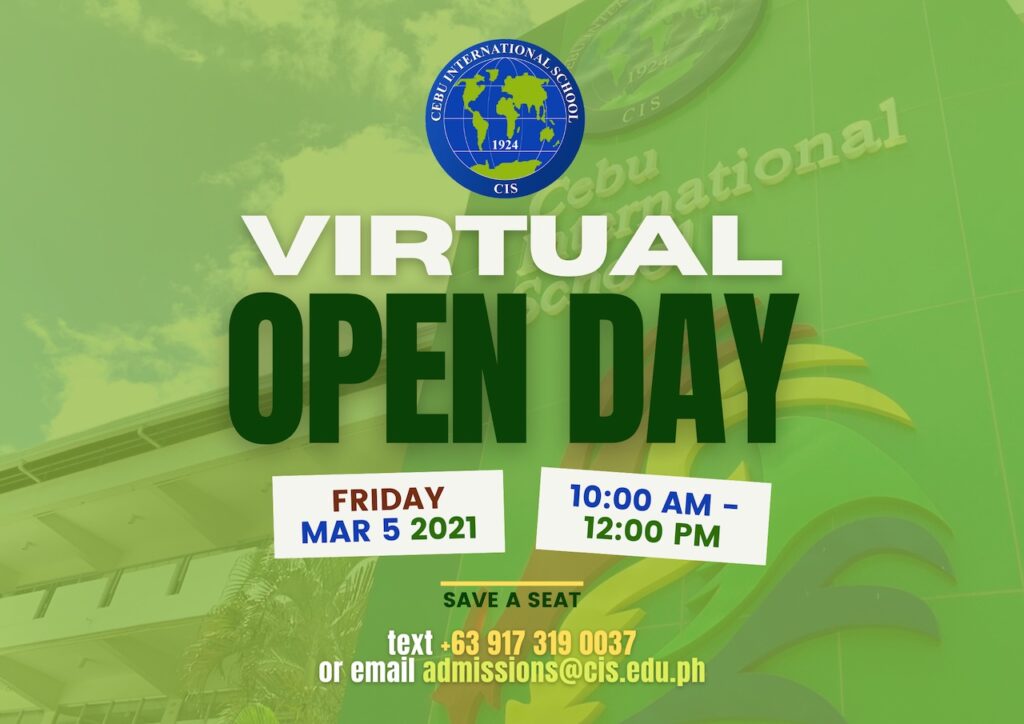





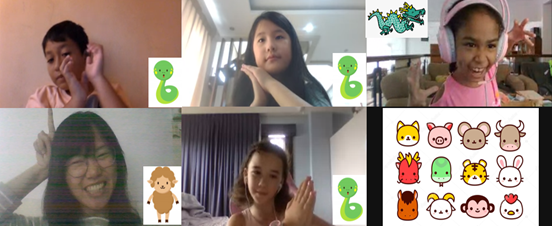


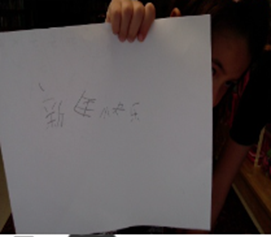



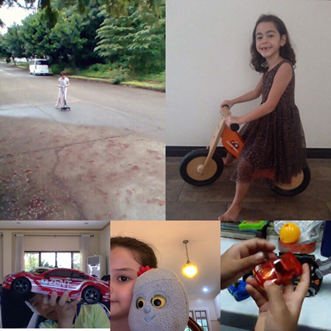 different transportations and their features. Some questions that arose were:
different transportations and their features. Some questions that arose were: As the unit progressed to the second line of inquiry which is “
As the unit progressed to the second line of inquiry which is “ Students were asked to make a travel map and a book about the different transportations. They were very excited to share some of their ideas and a sneak peek of what their book looked like, added a few illustrations and others inserted a real photo. They even highlighted some of their works using their favorite non-fiction feature which is the
Students were asked to make a travel map and a book about the different transportations. They were very excited to share some of their ideas and a sneak peek of what their book looked like, added a few illustrations and others inserted a real photo. They even highlighted some of their works using their favorite non-fiction feature which is the


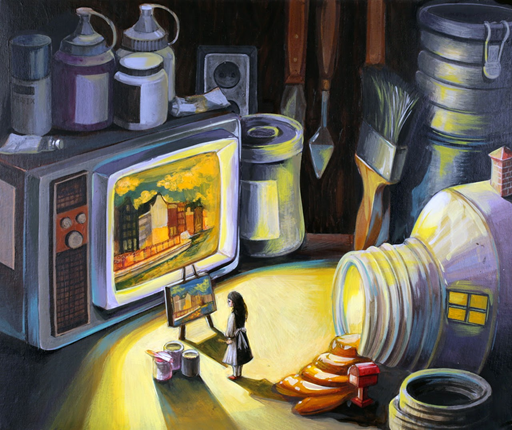


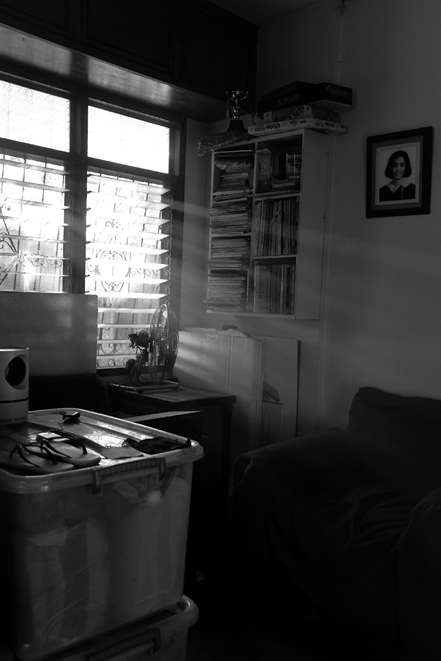


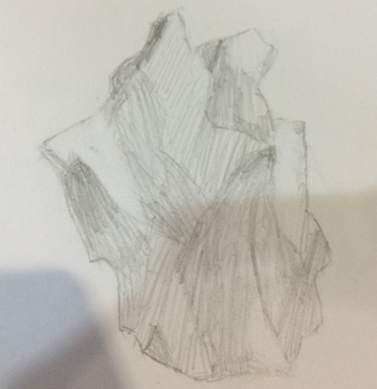



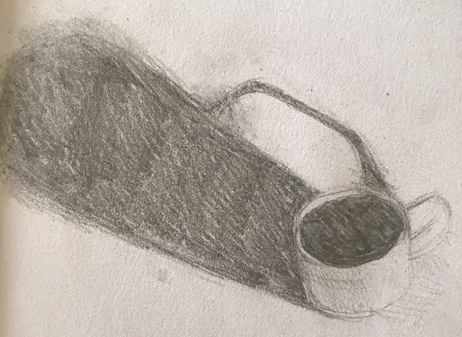
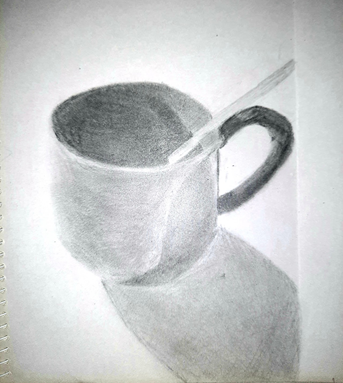
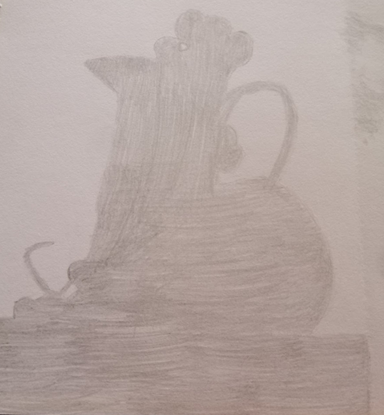


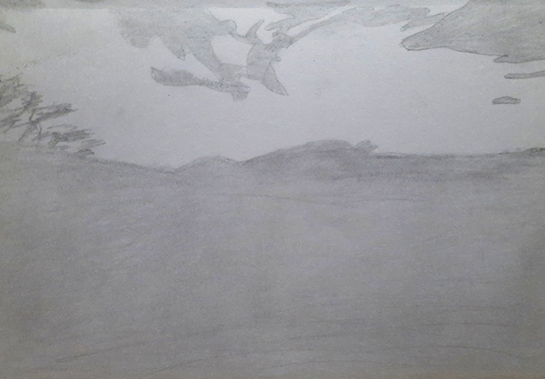
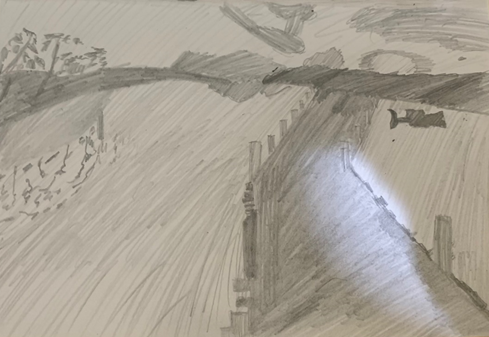
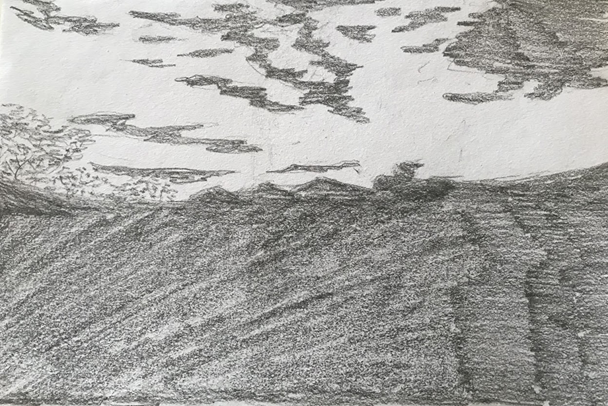
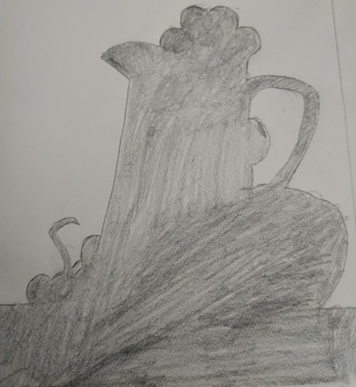

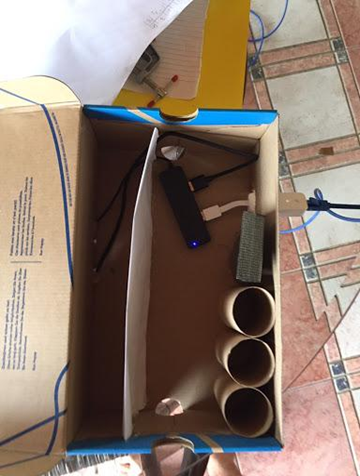


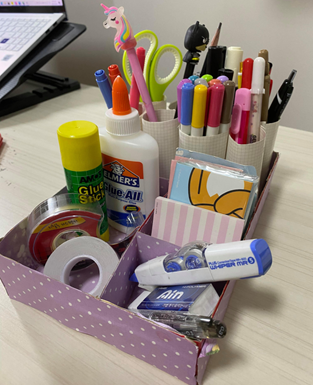
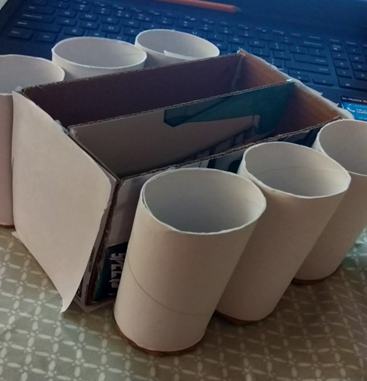
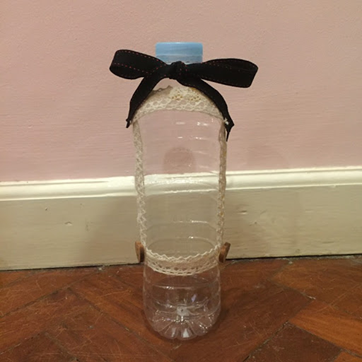
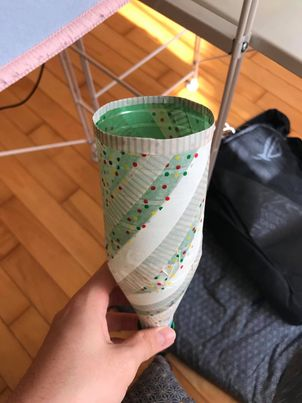
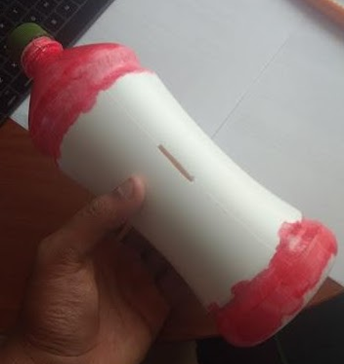

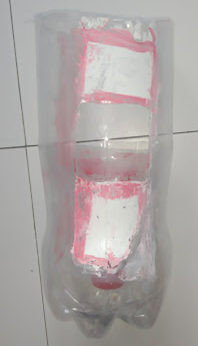 Skills that I am developing in this task include focus and practicing texture. This is because you need a sense of texture in order to create a quality work of production during the session. I really enjoyed doing this task today despite the fact that it took a lot of time and patience. – Roland
Skills that I am developing in this task include focus and practicing texture. This is because you need a sense of texture in order to create a quality work of production during the session. I really enjoyed doing this task today despite the fact that it took a lot of time and patience. – Roland 
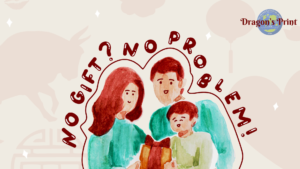 Are you wondering what you can do to show your loved ones your appreciation this February? Dragon’s Print has got you covered! Read more about gift ideas and the meaning behind them through
Are you wondering what you can do to show your loved ones your appreciation this February? Dragon’s Print has got you covered! Read more about gift ideas and the meaning behind them through 